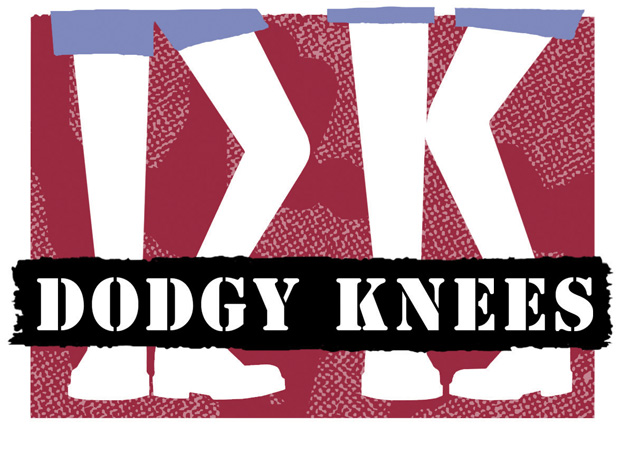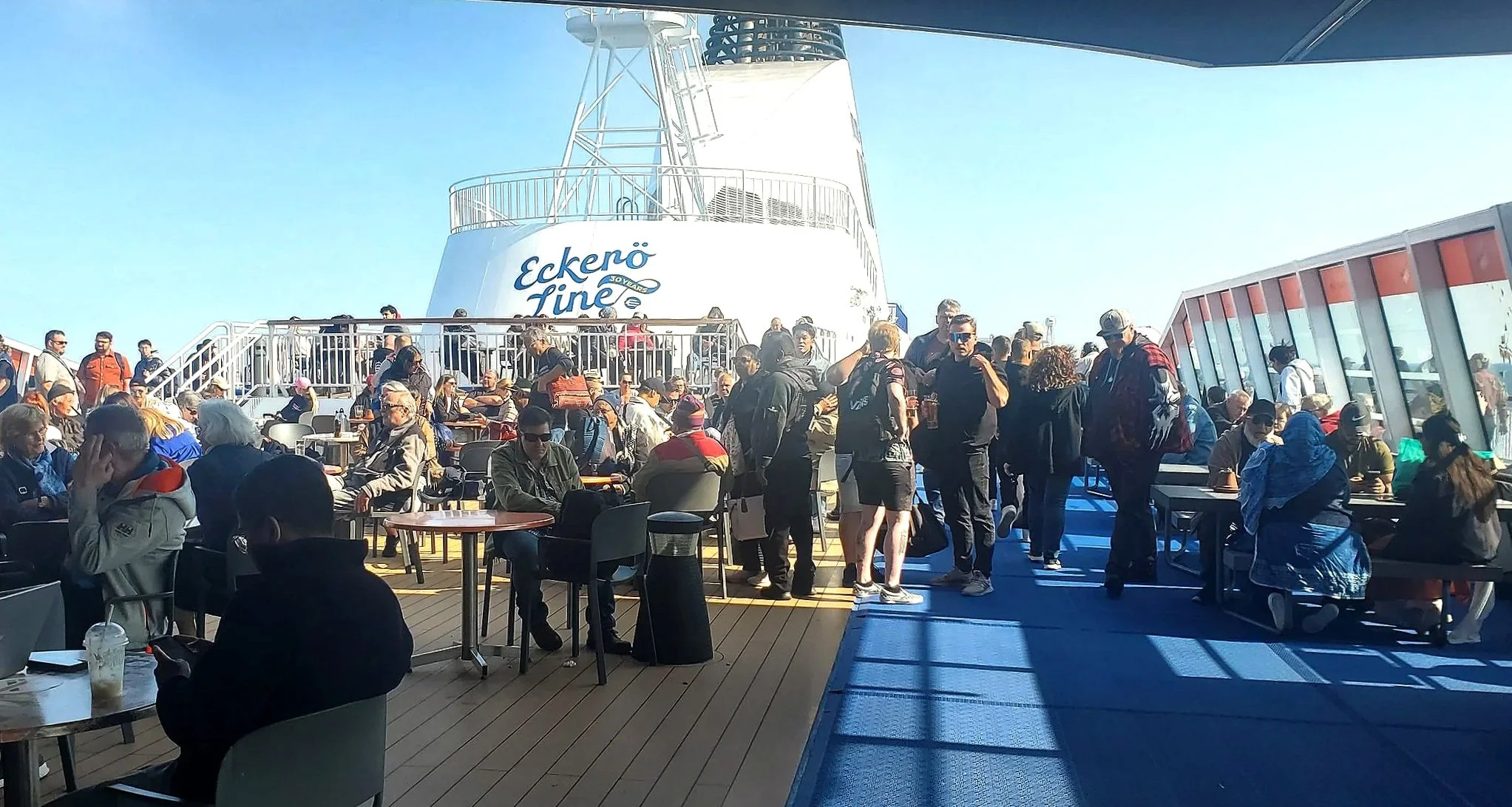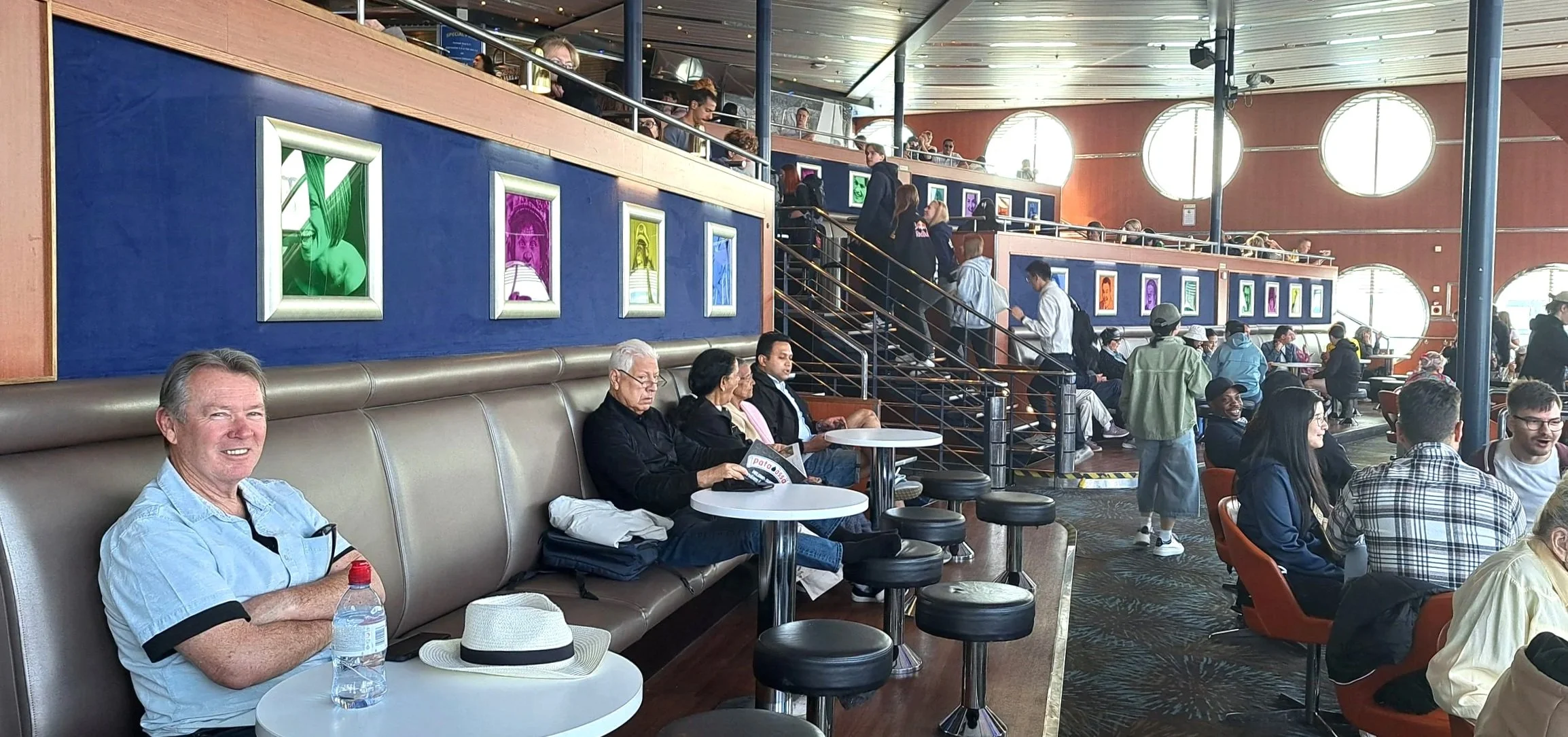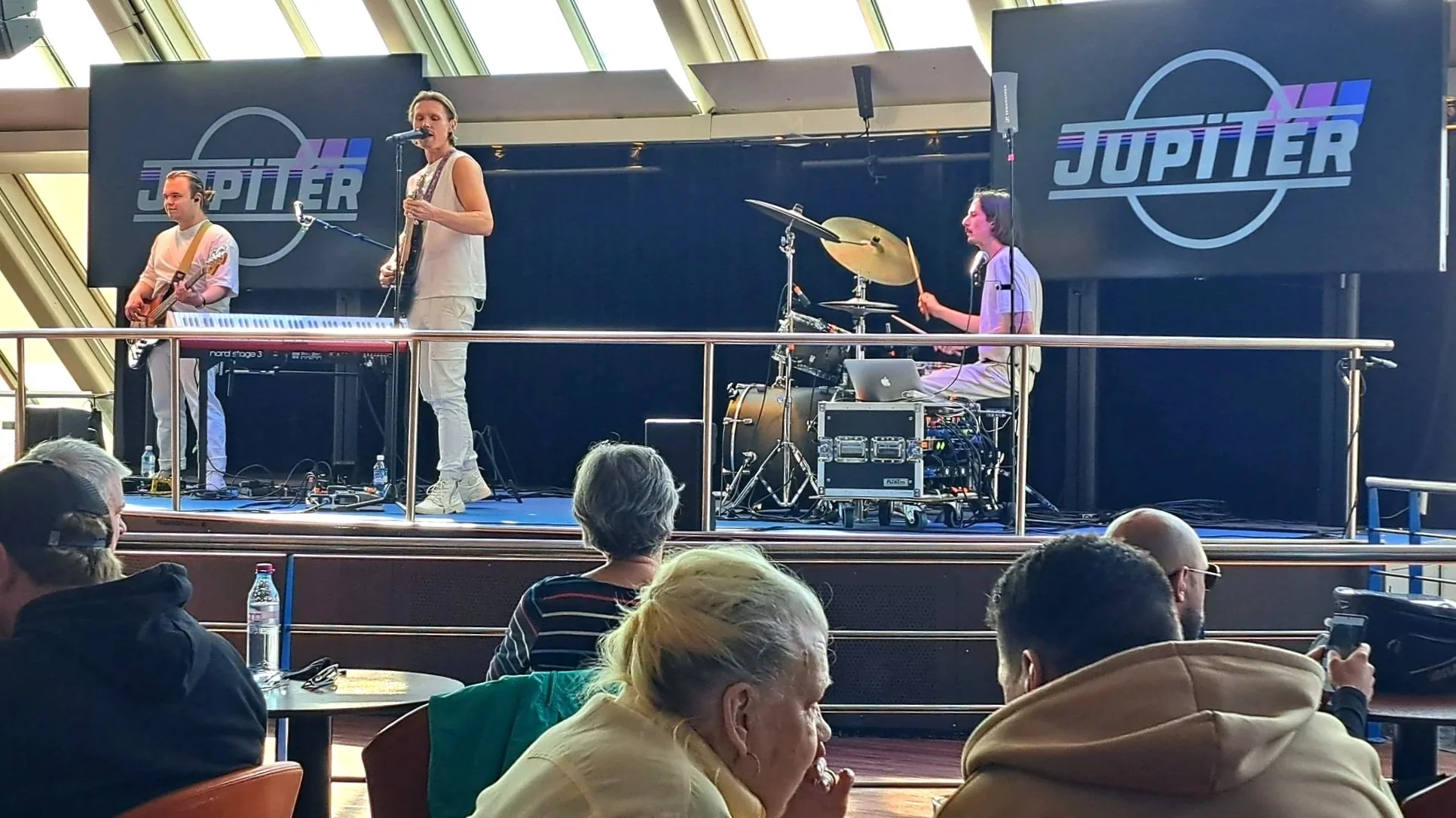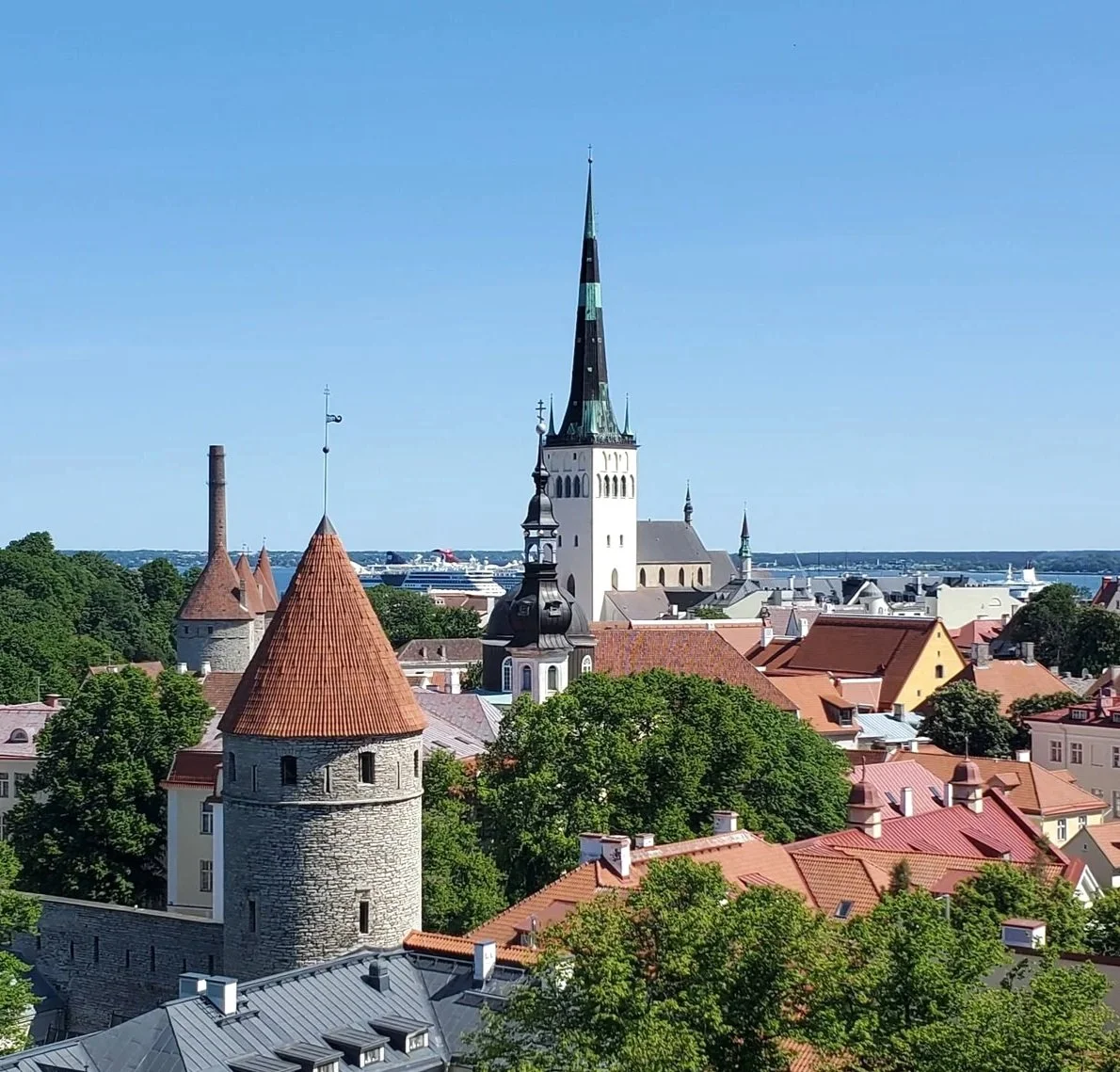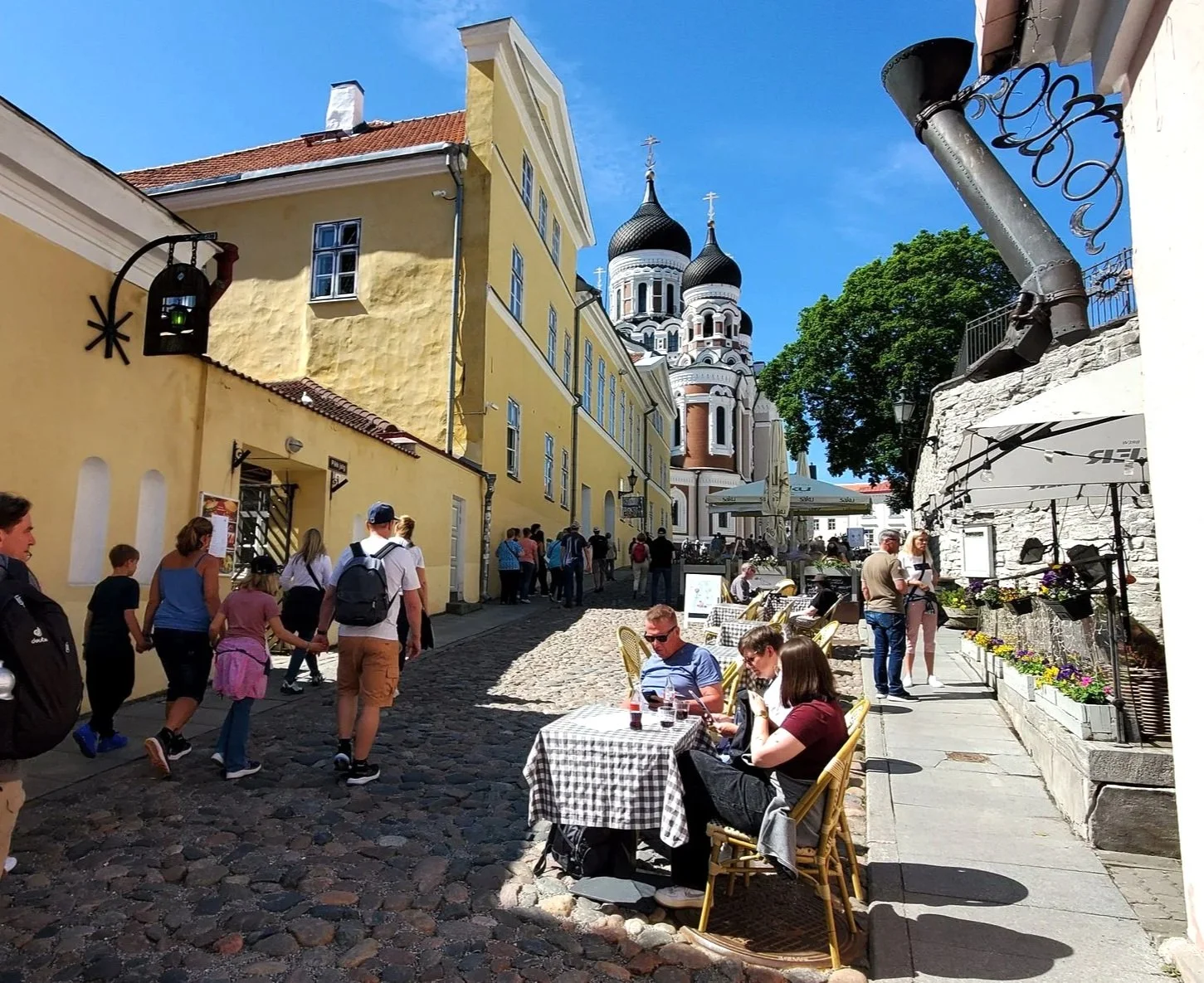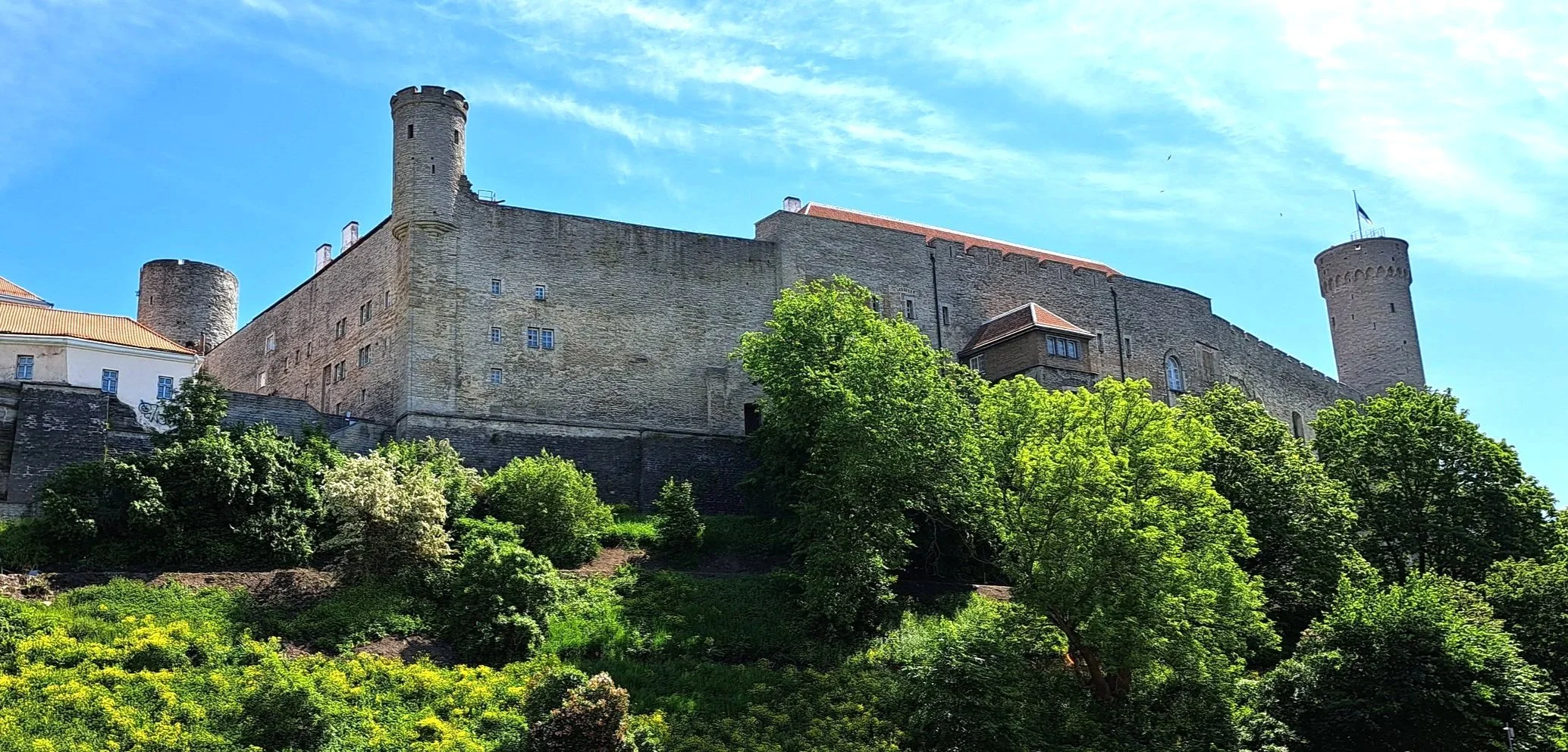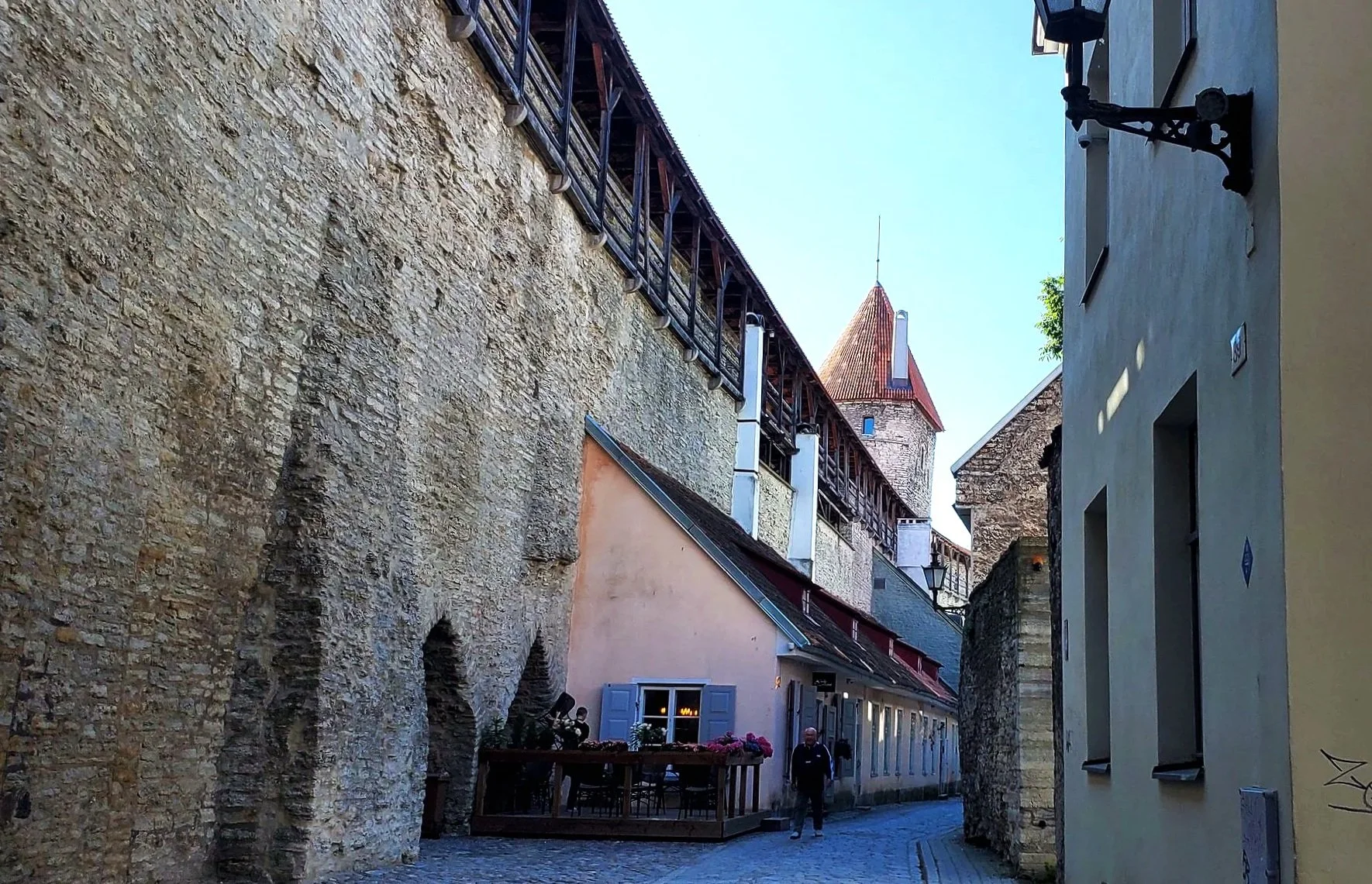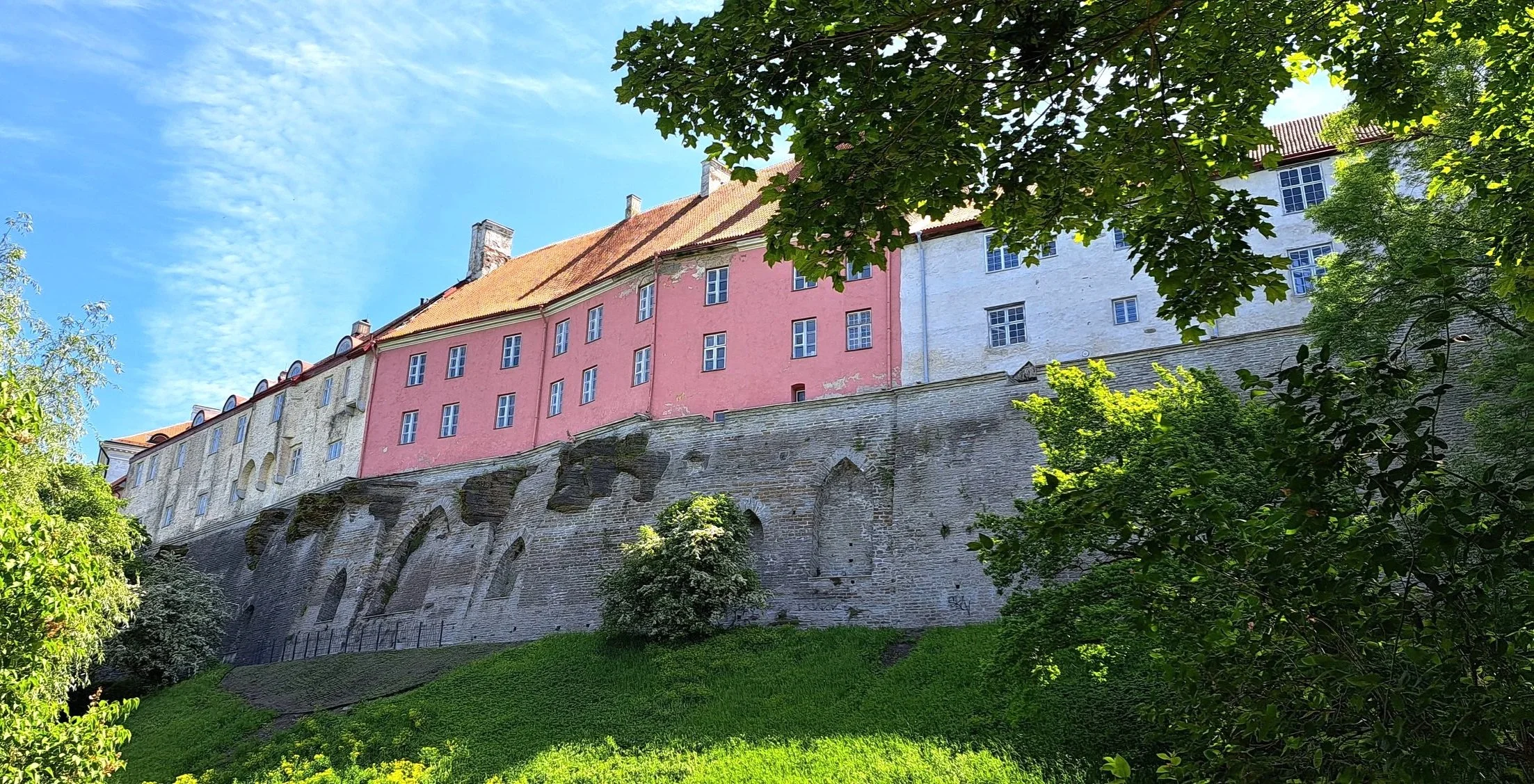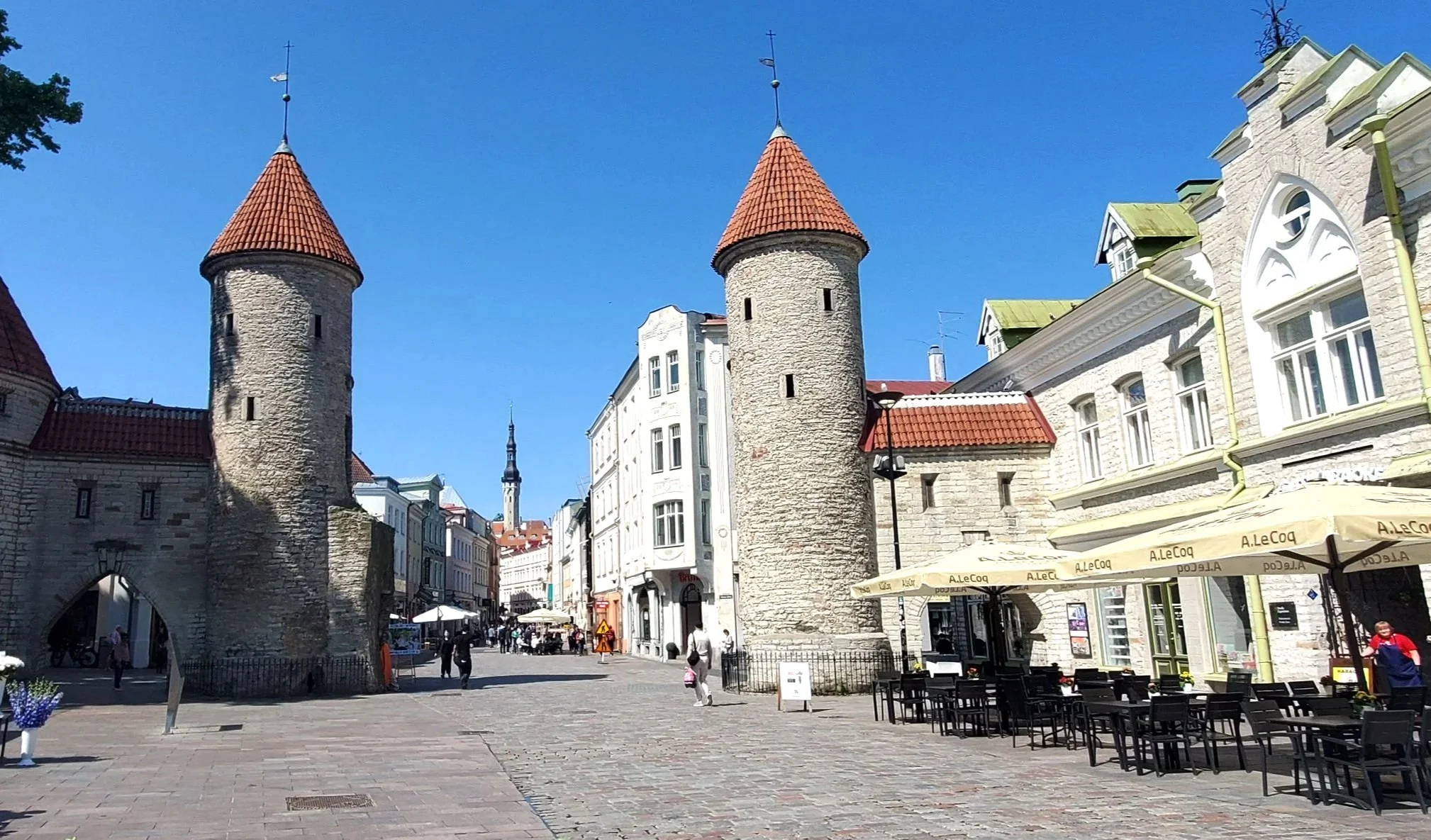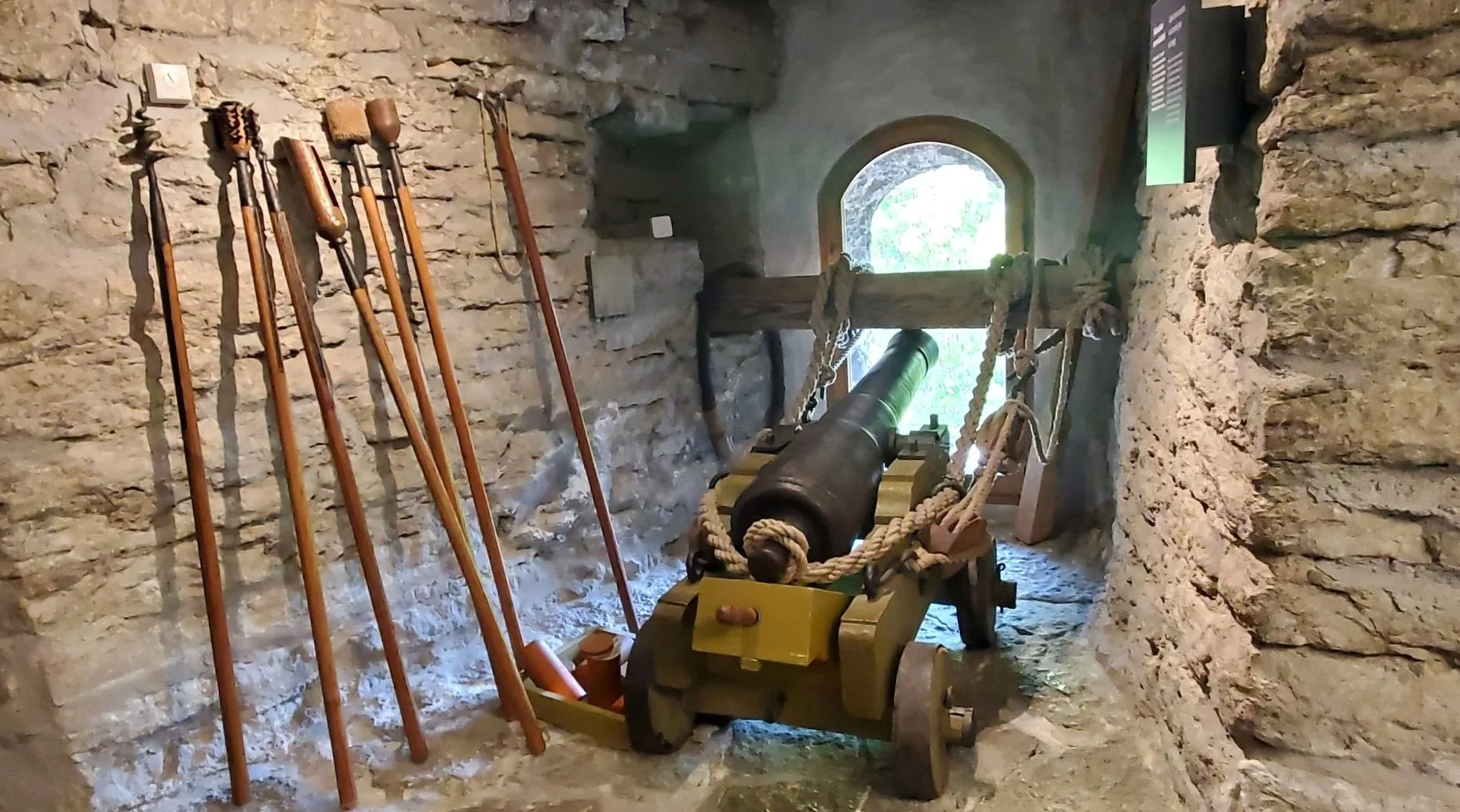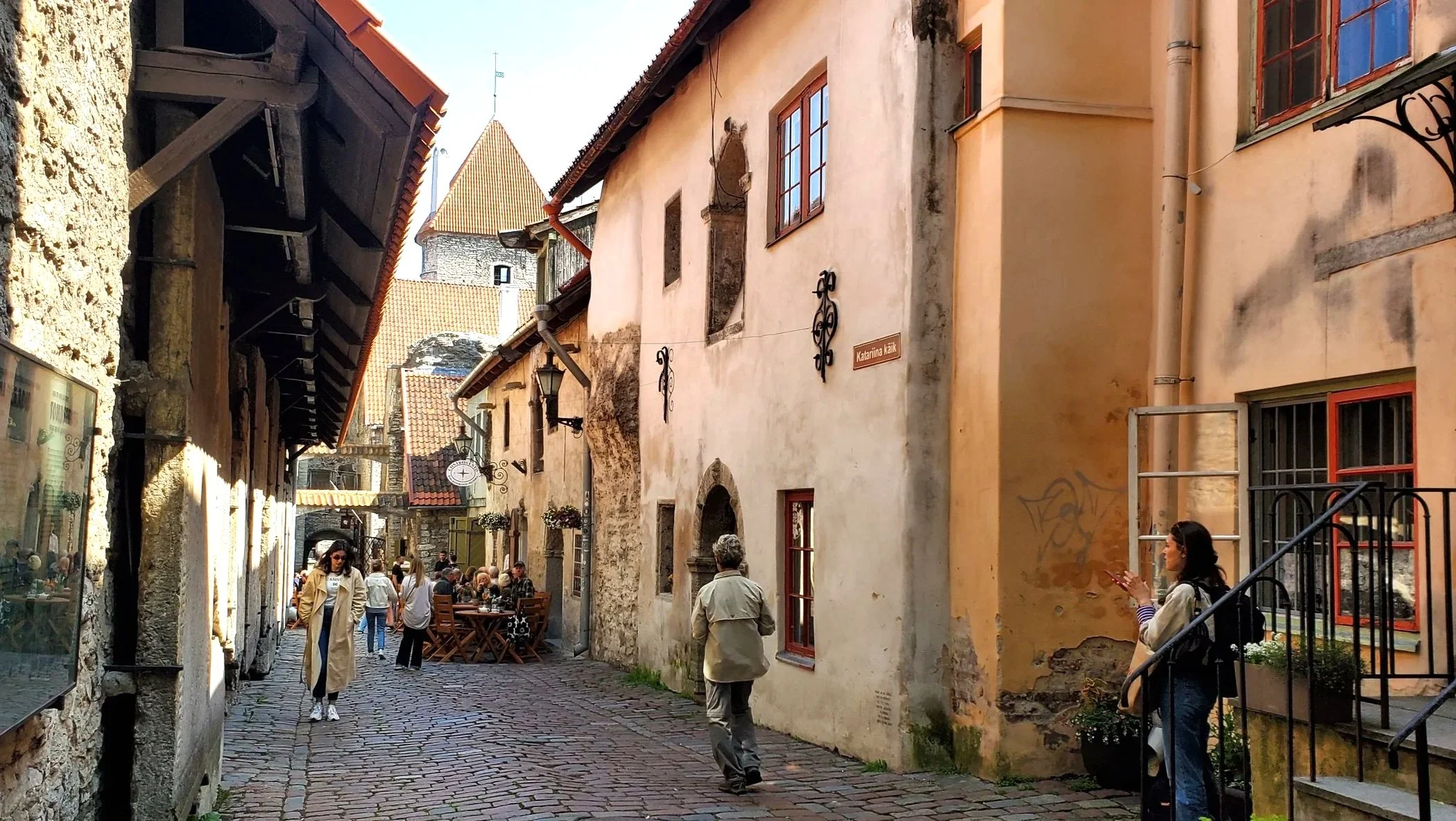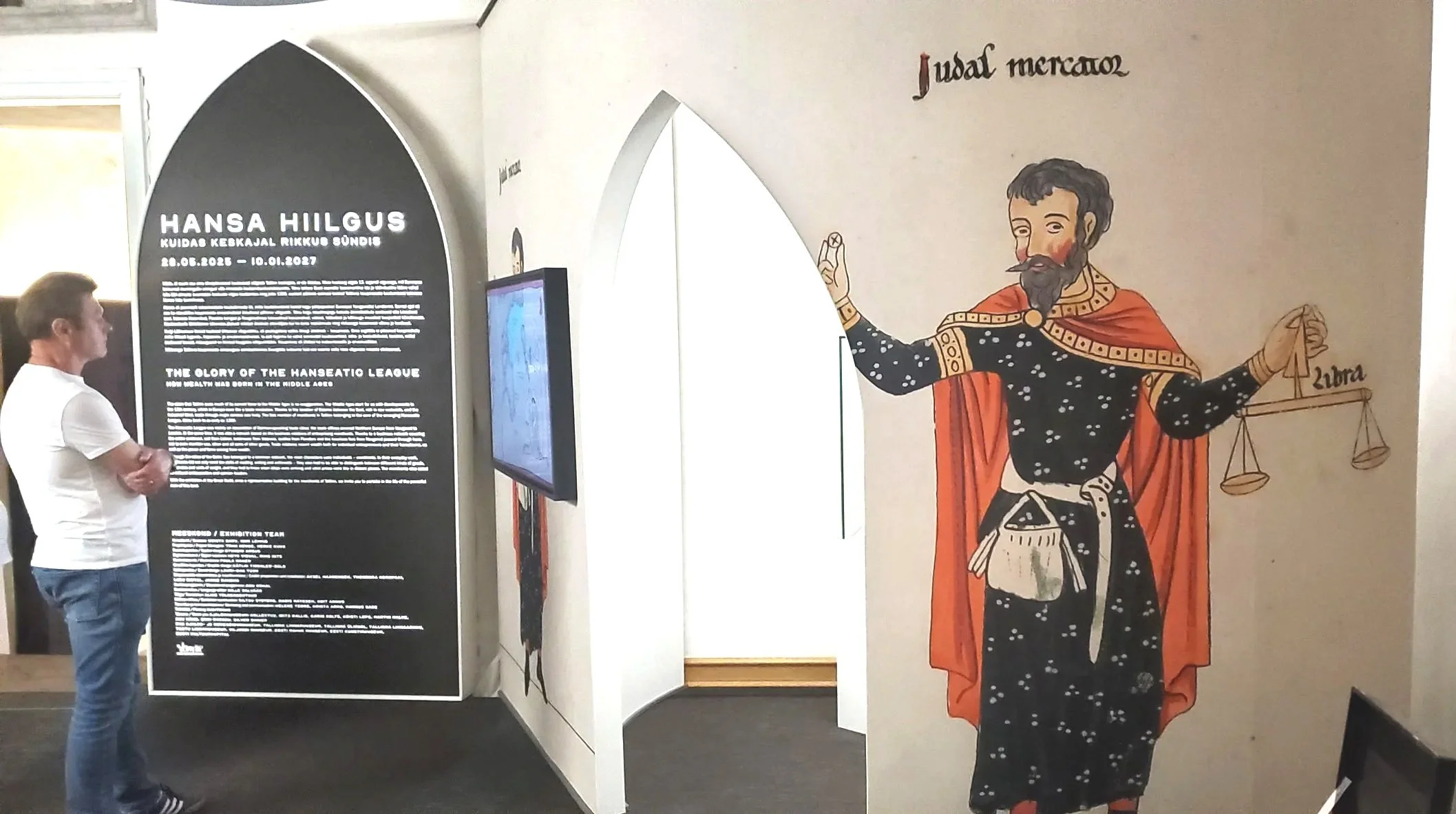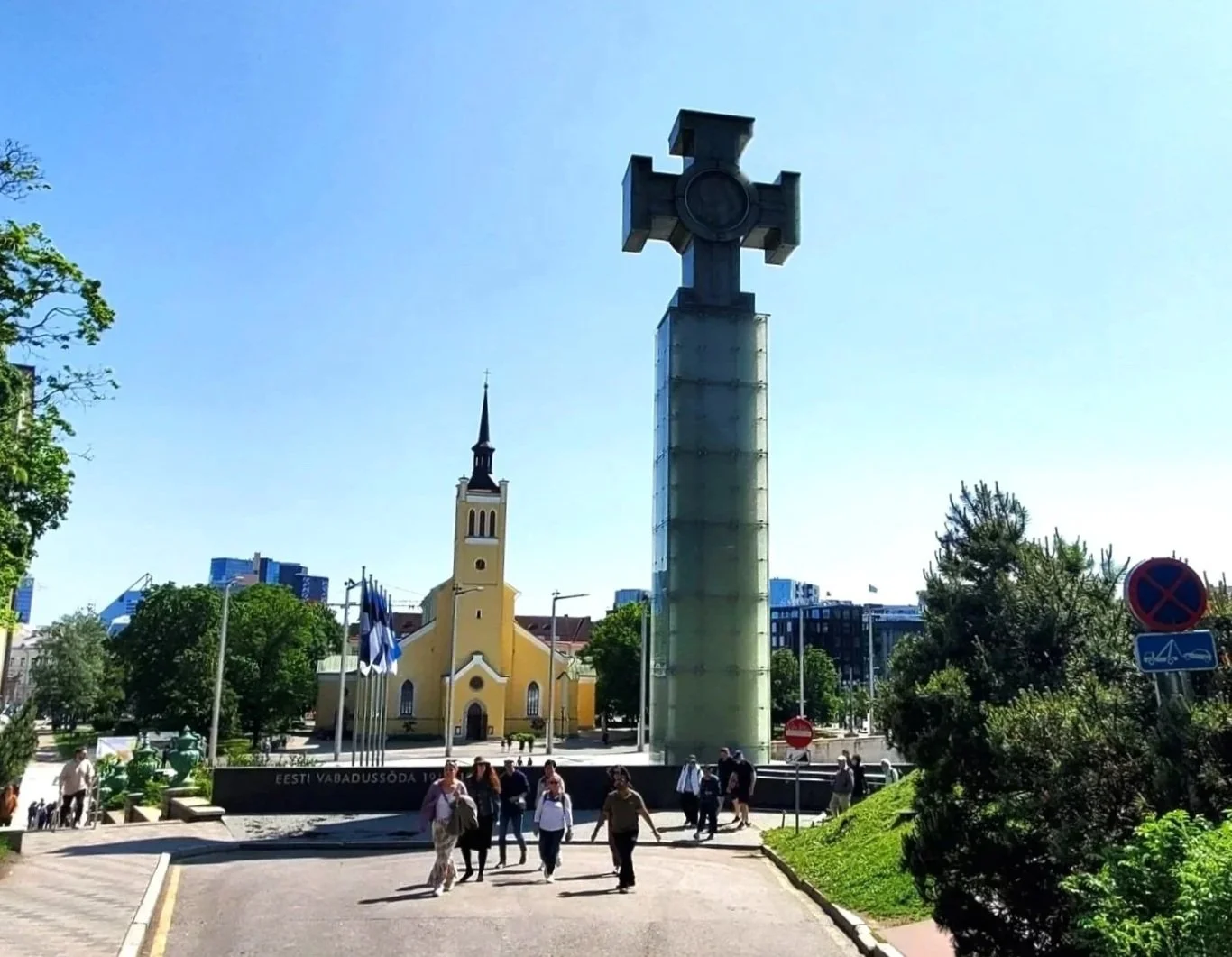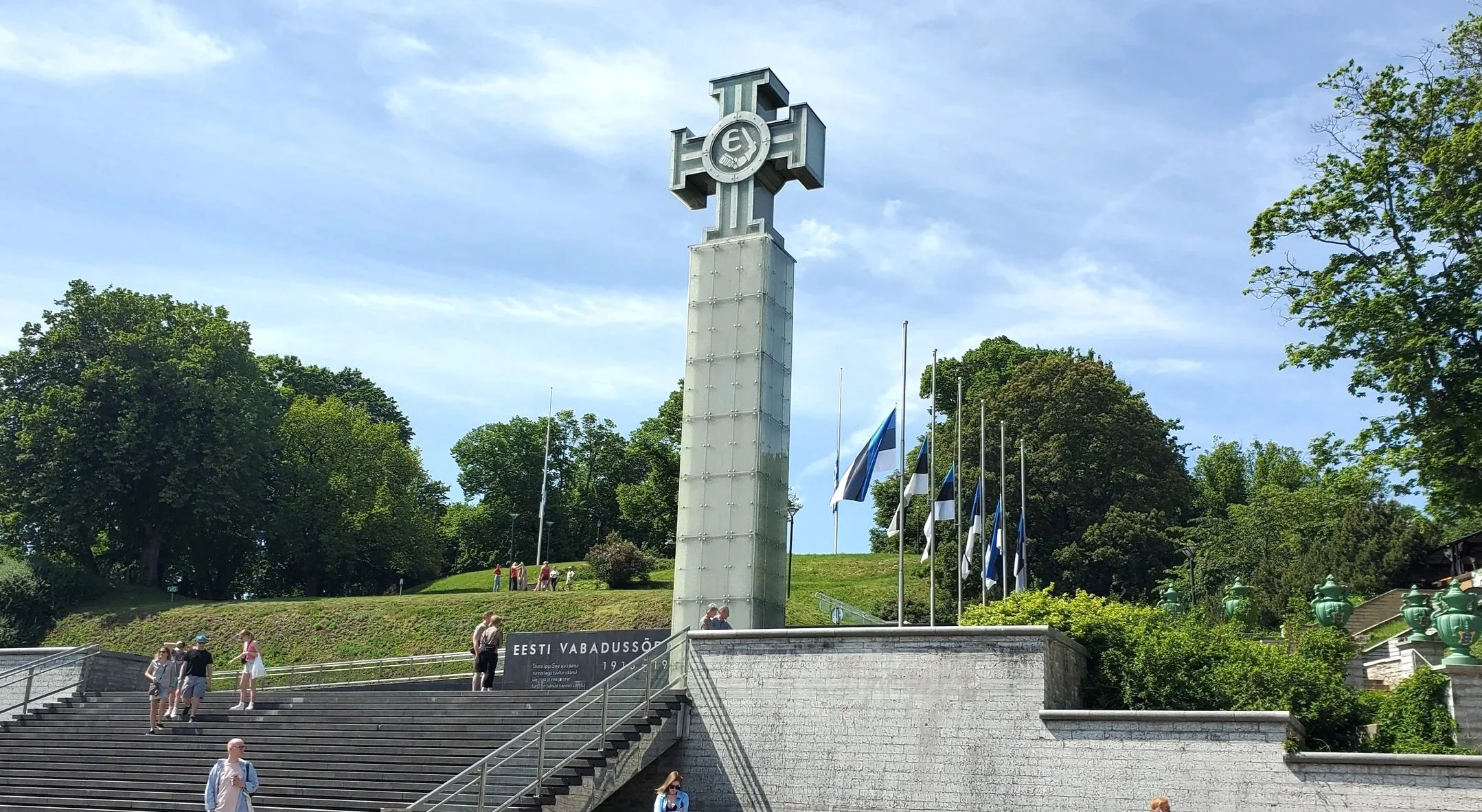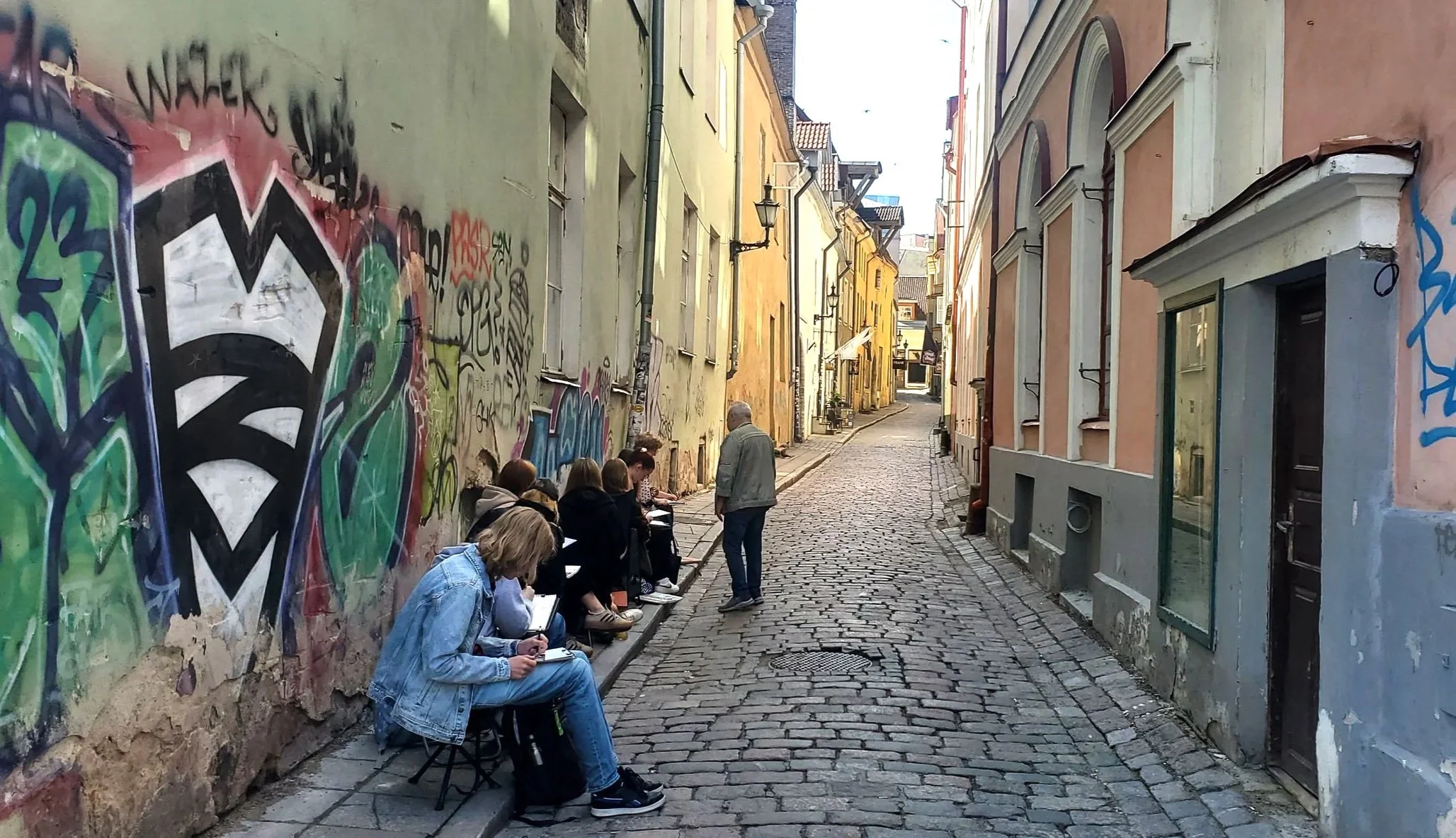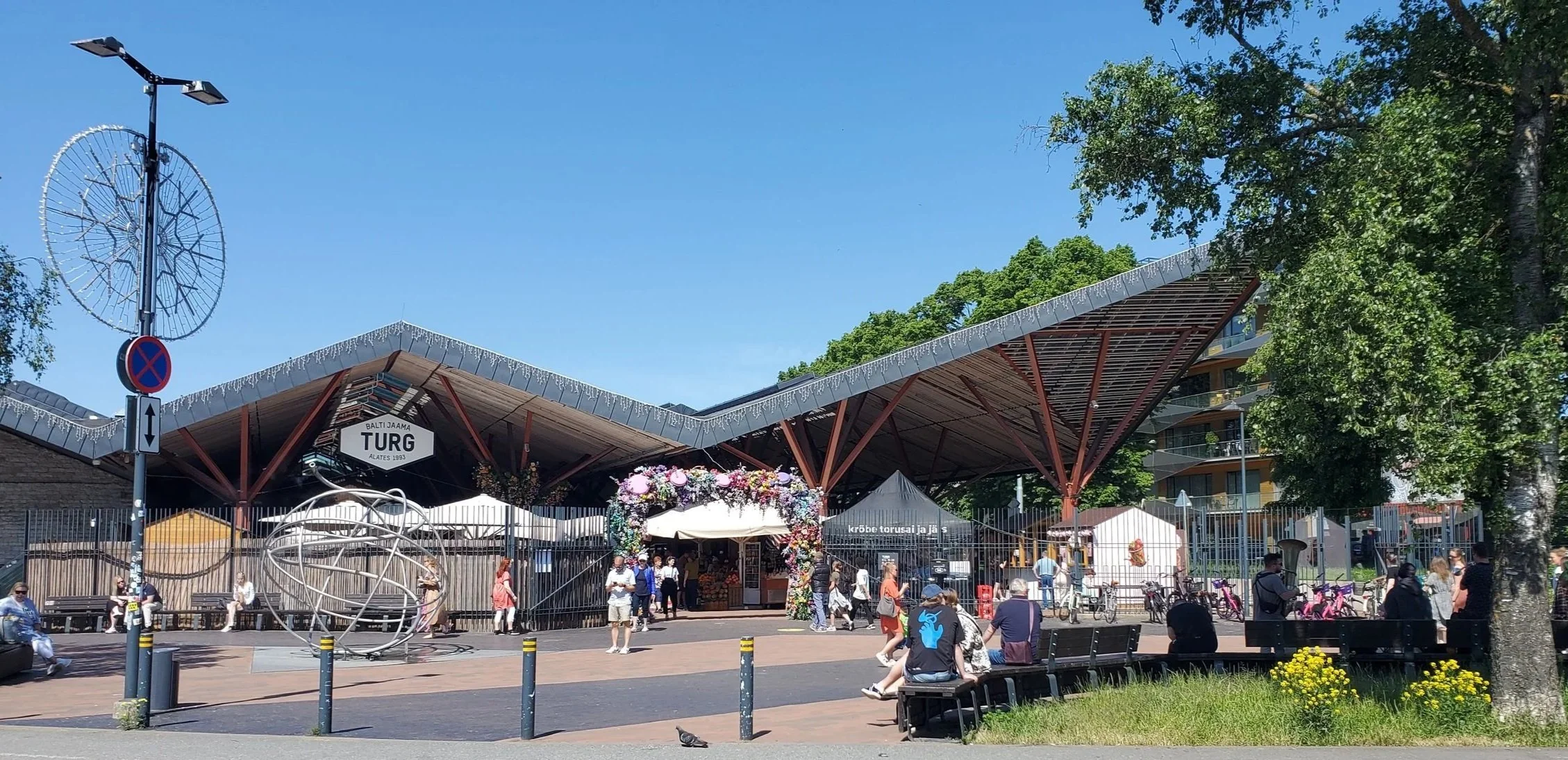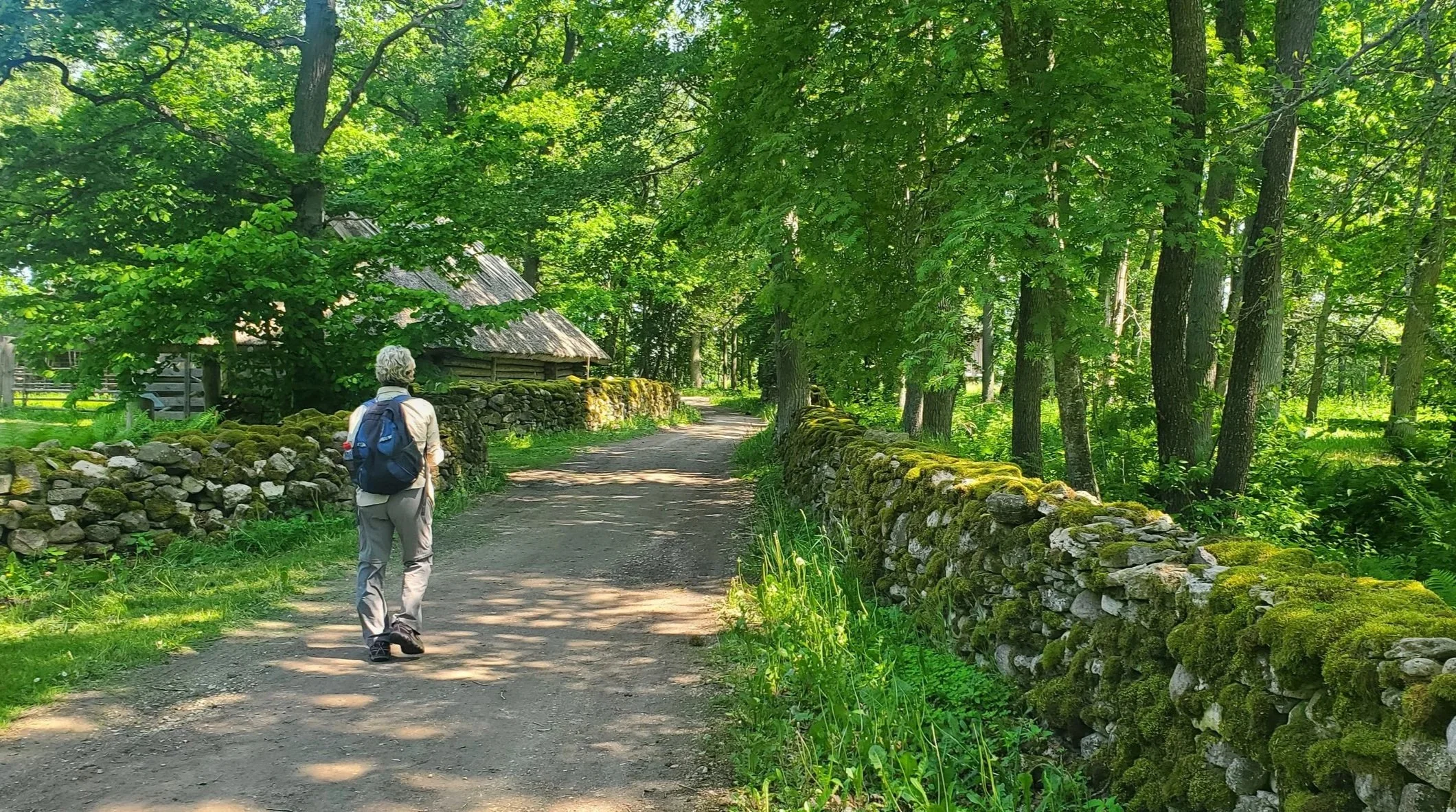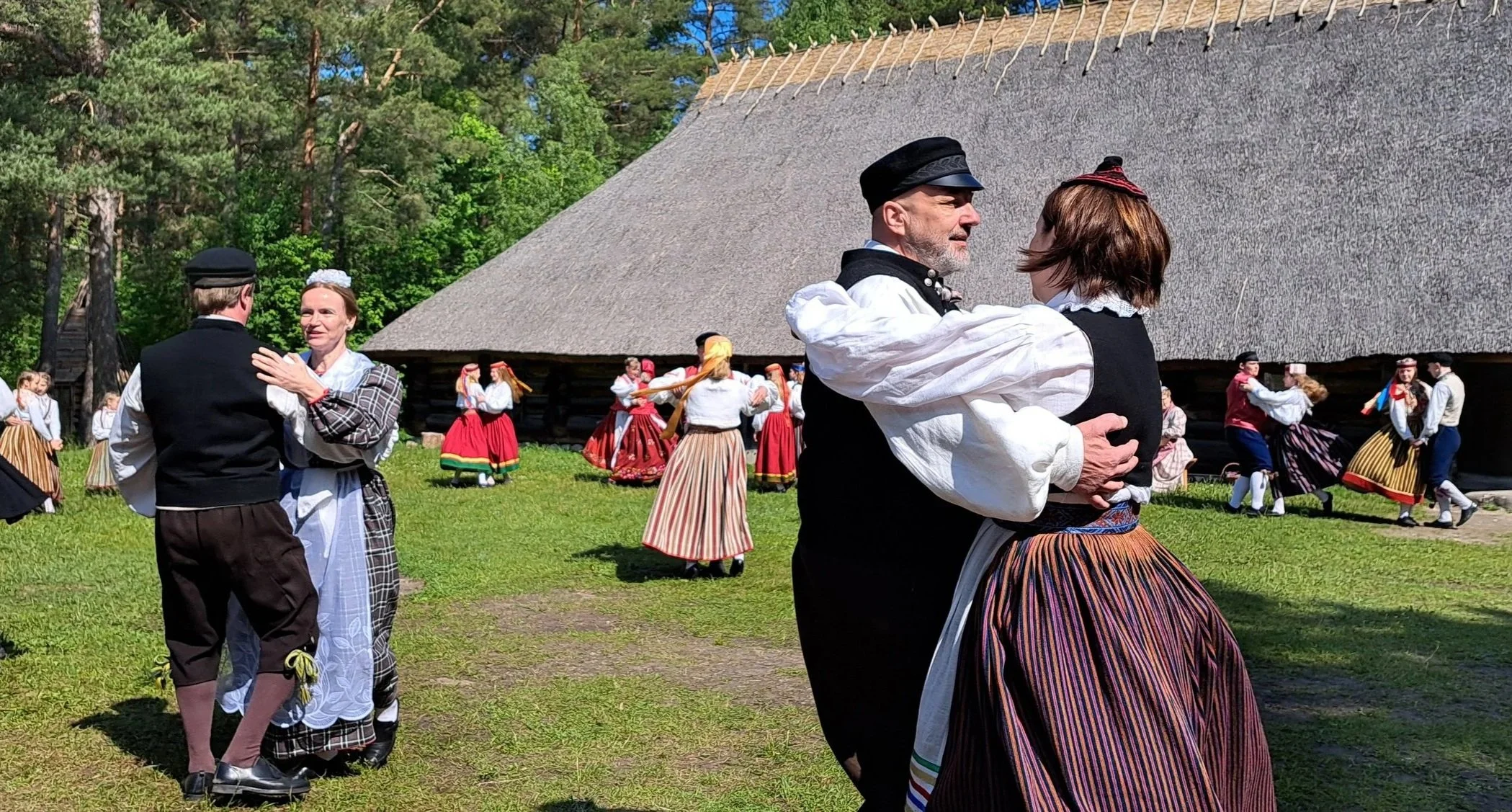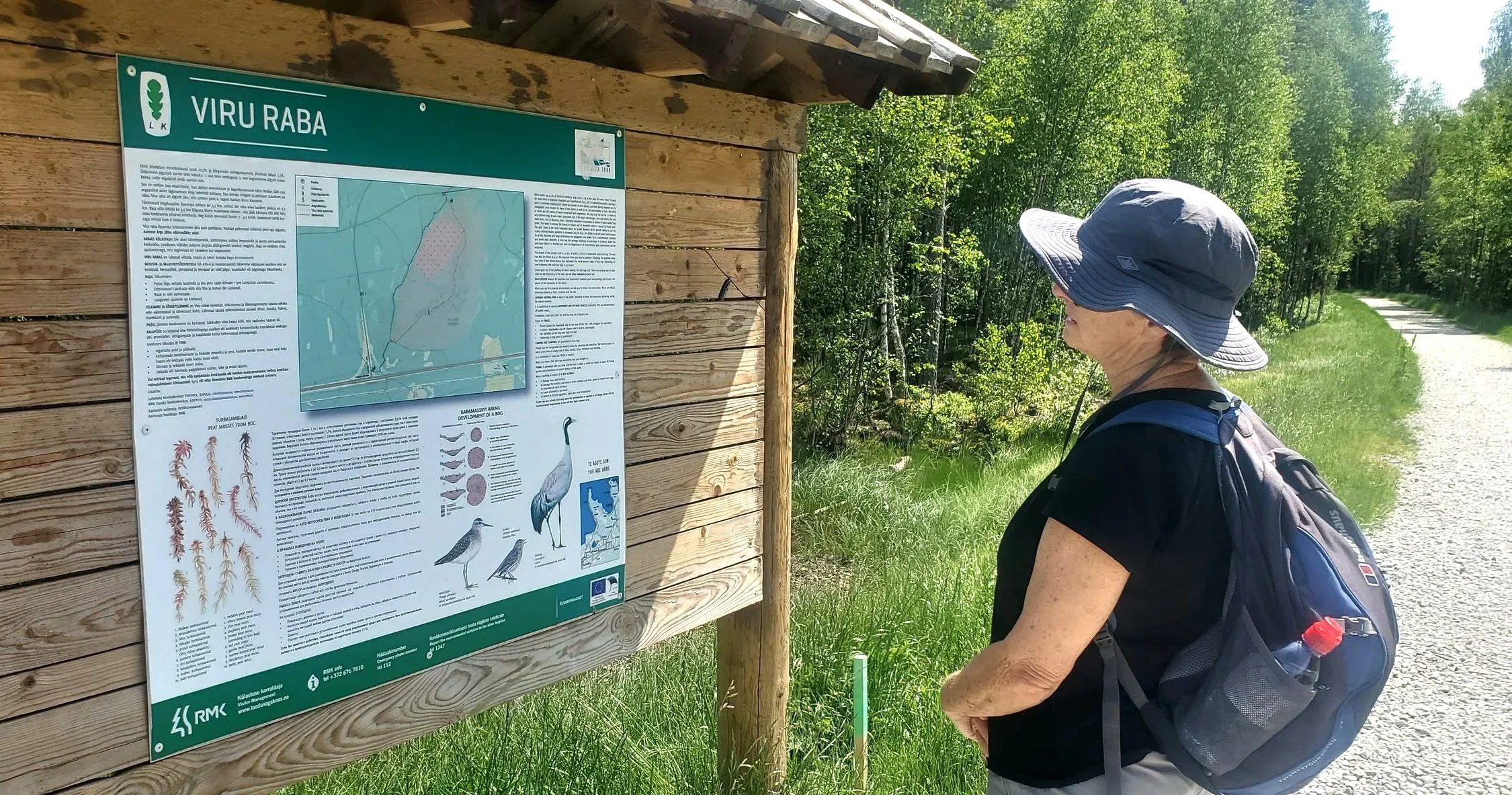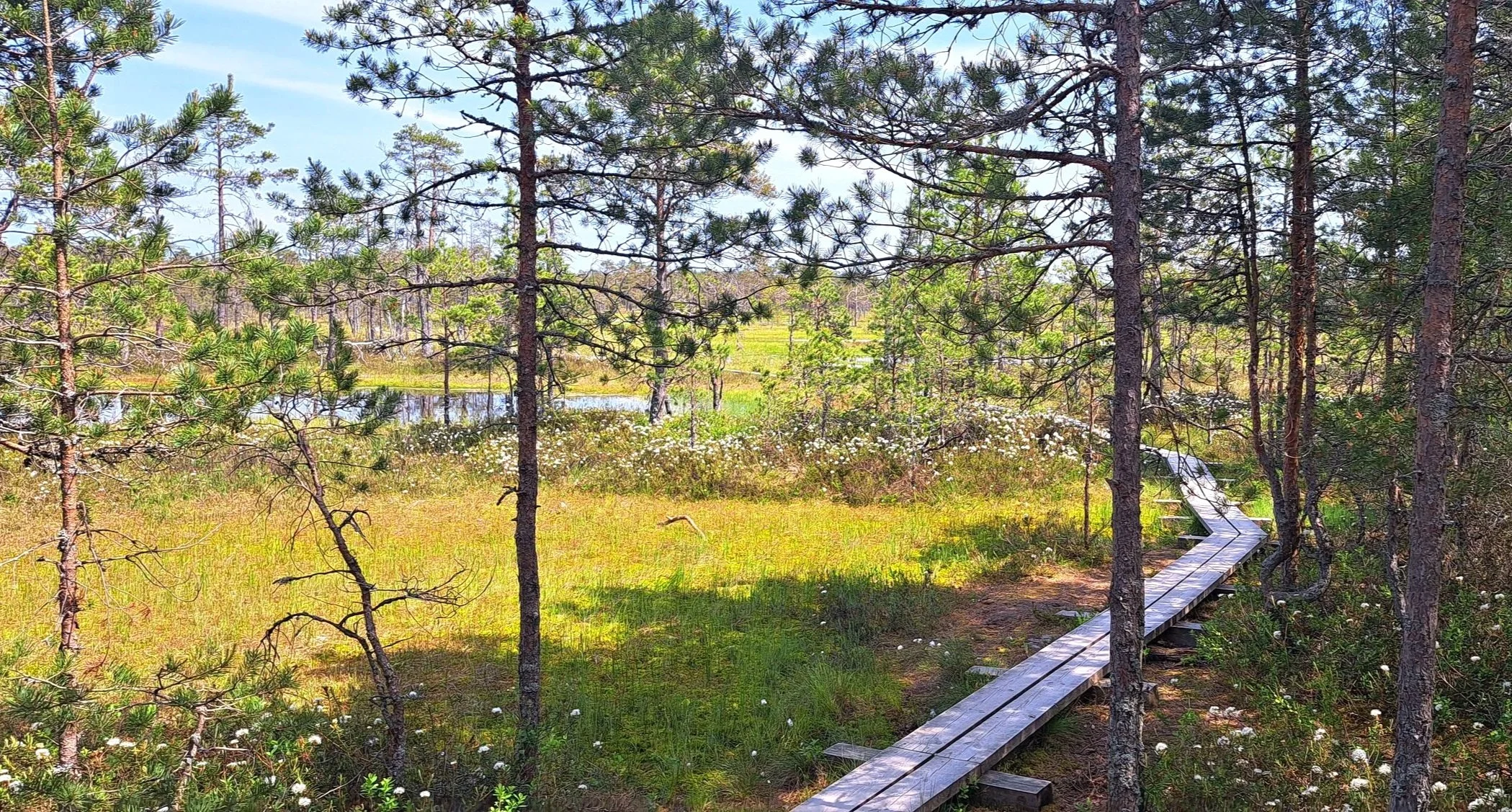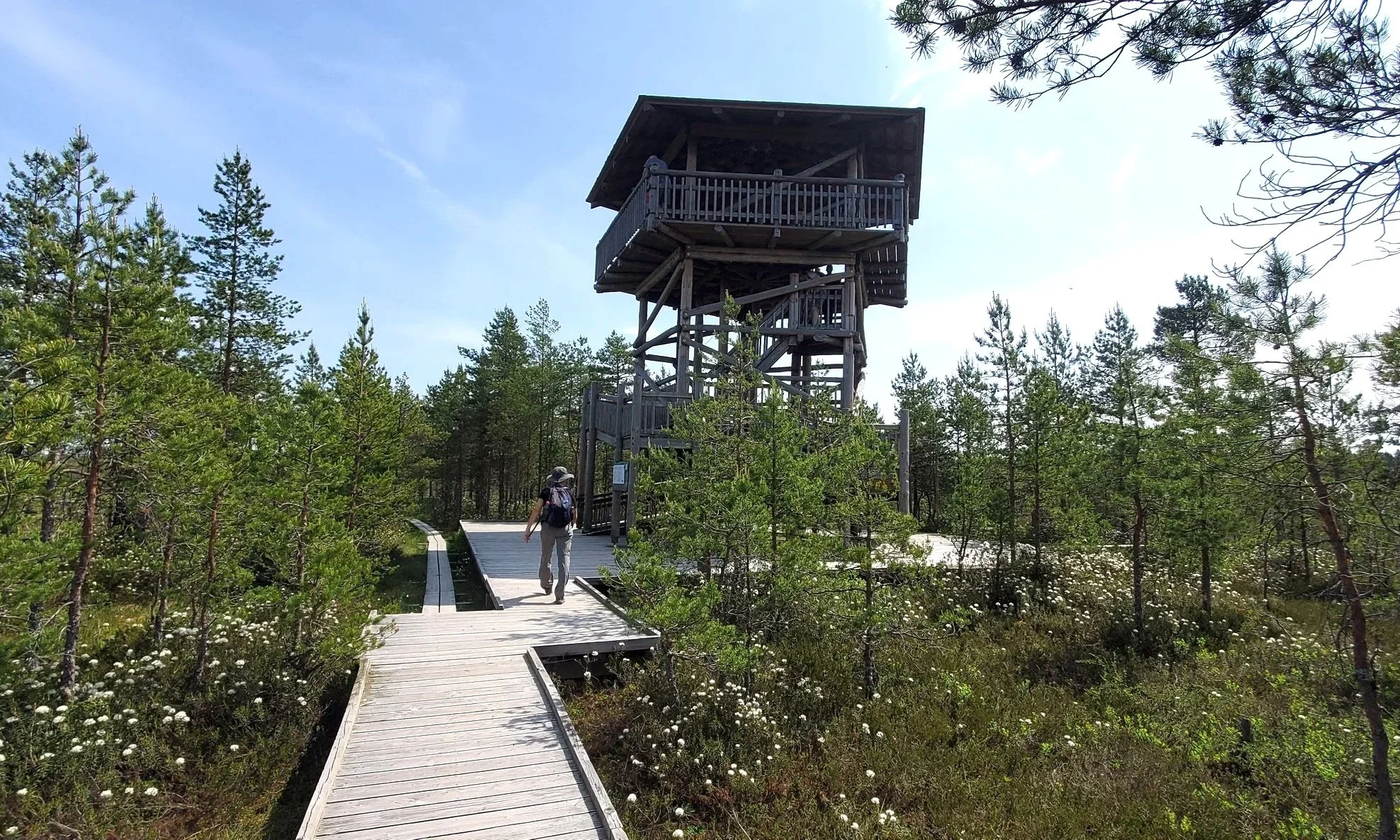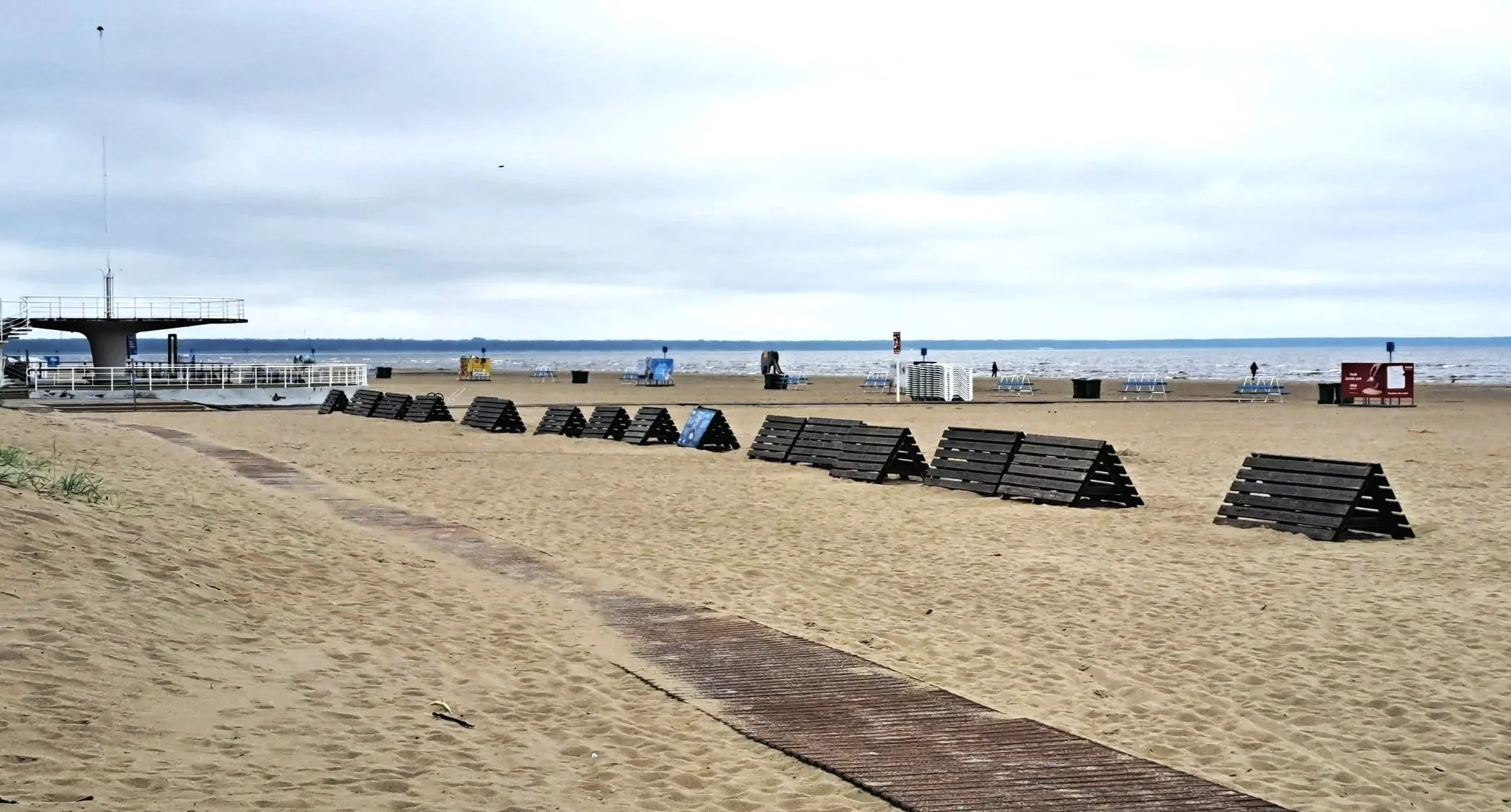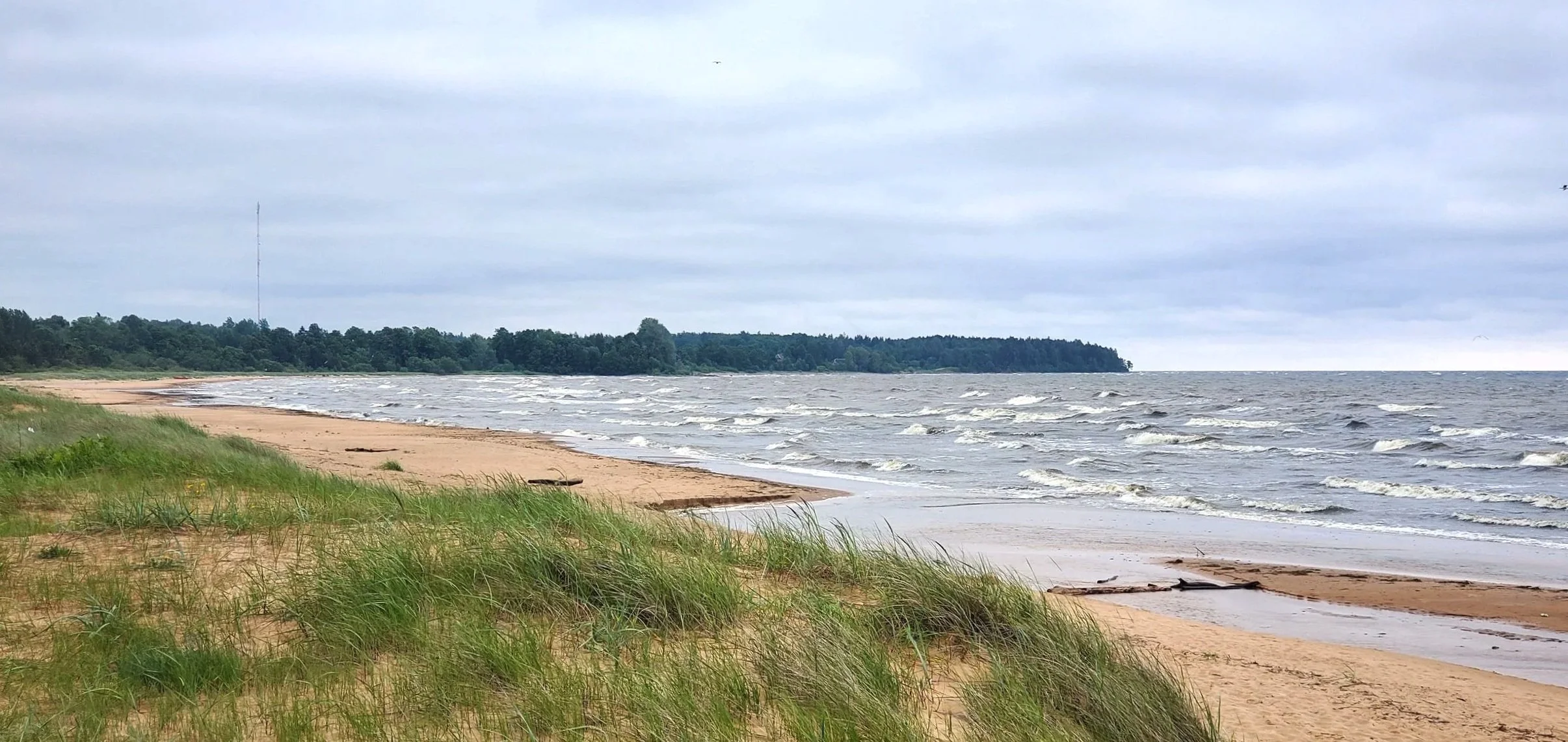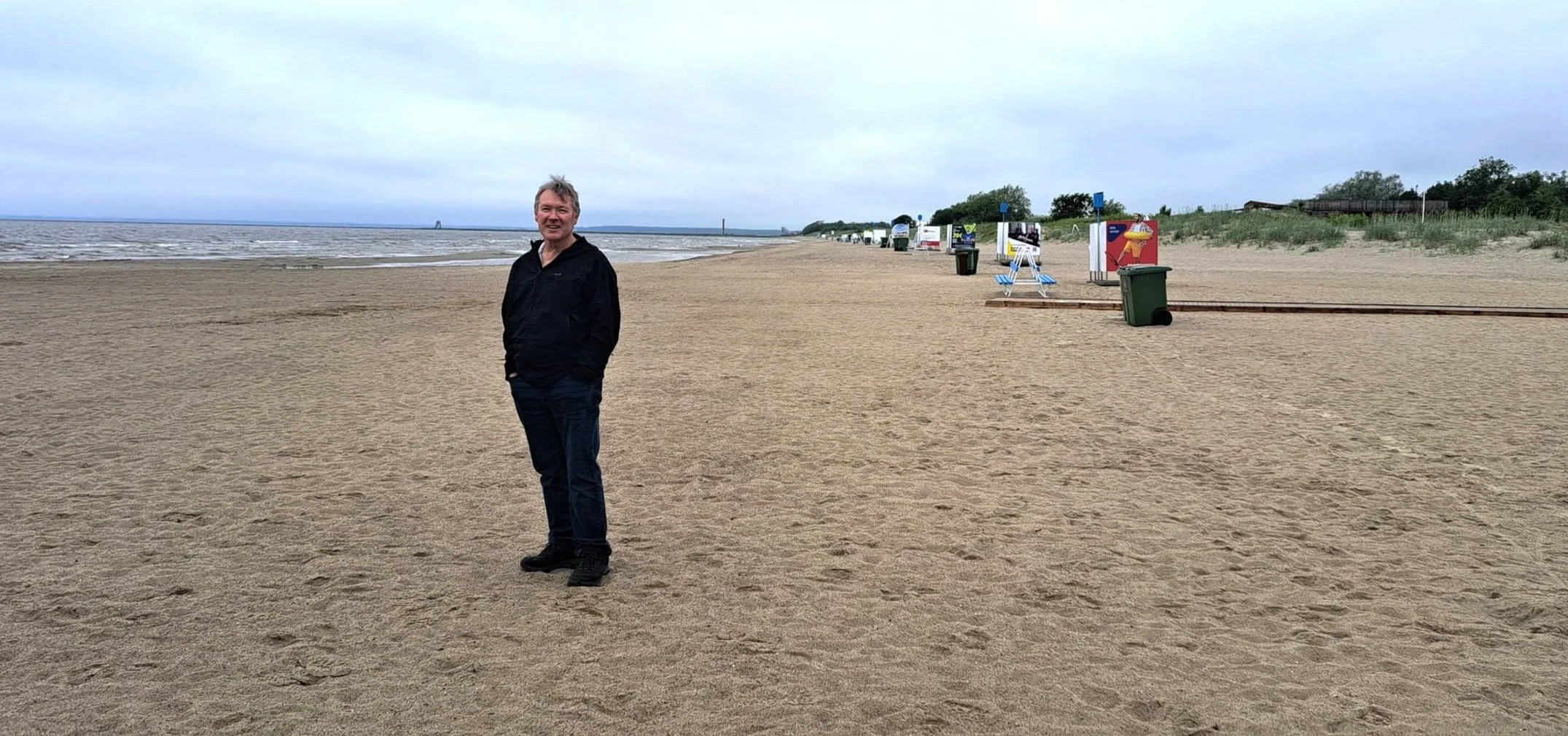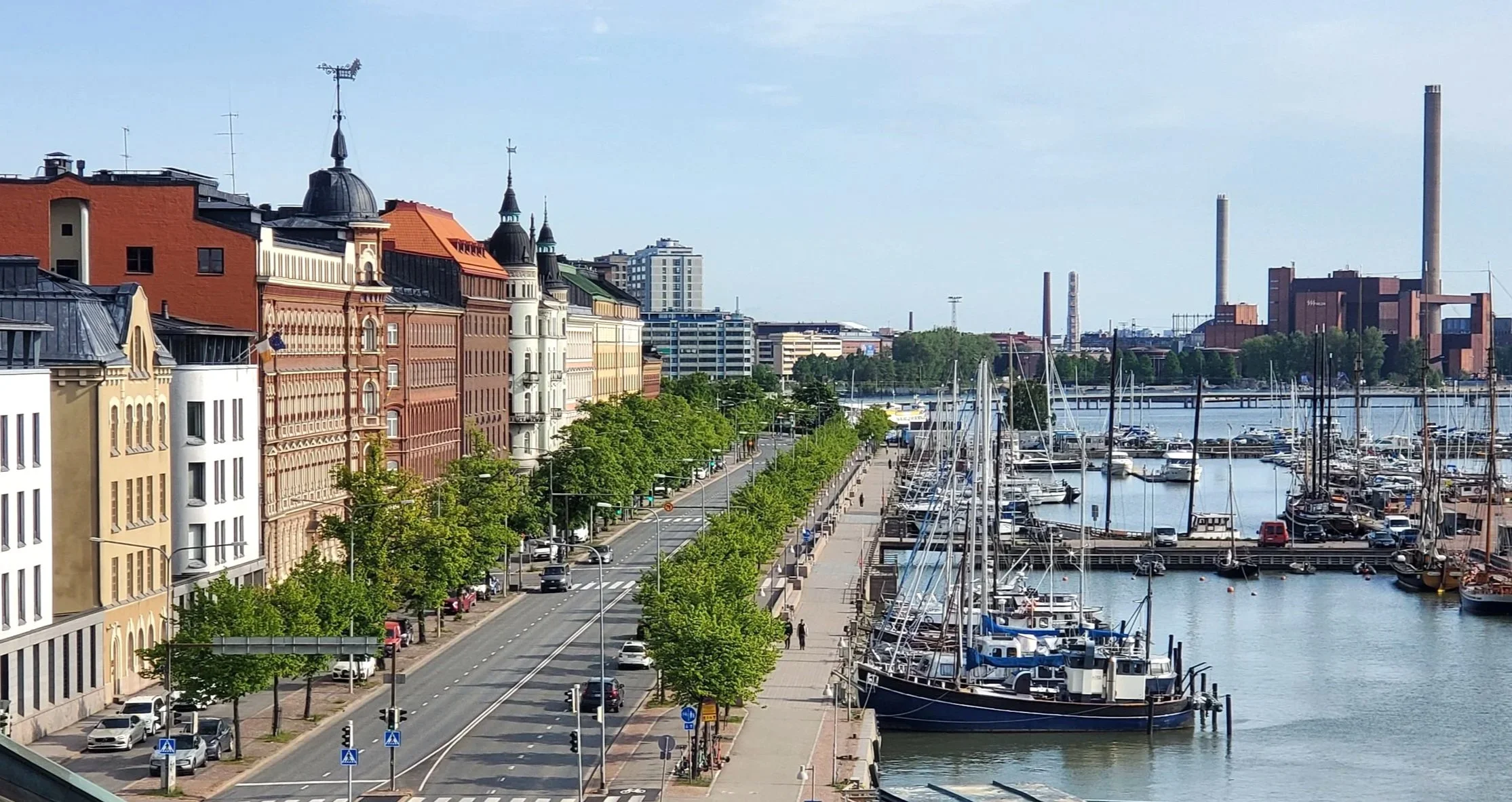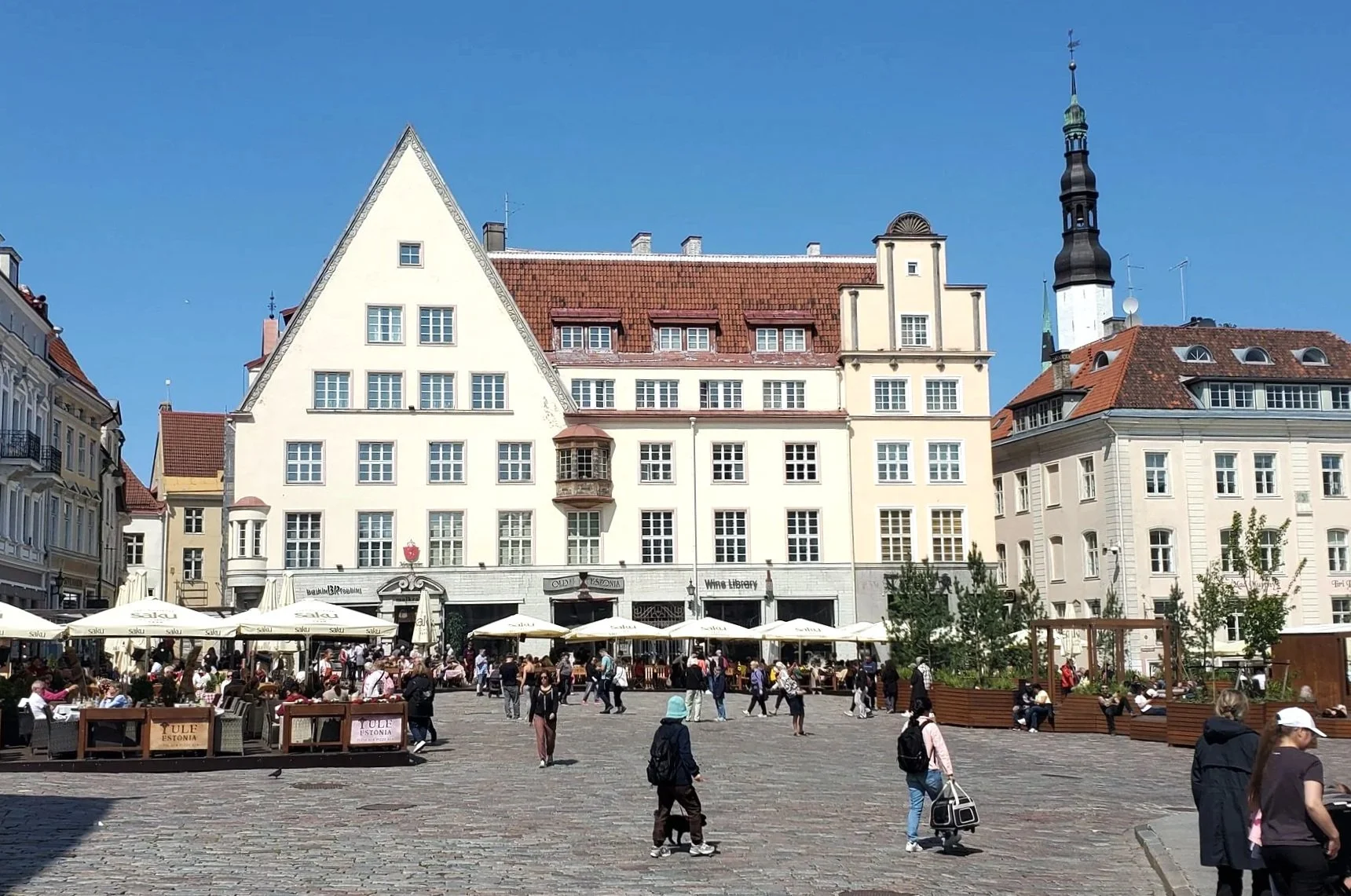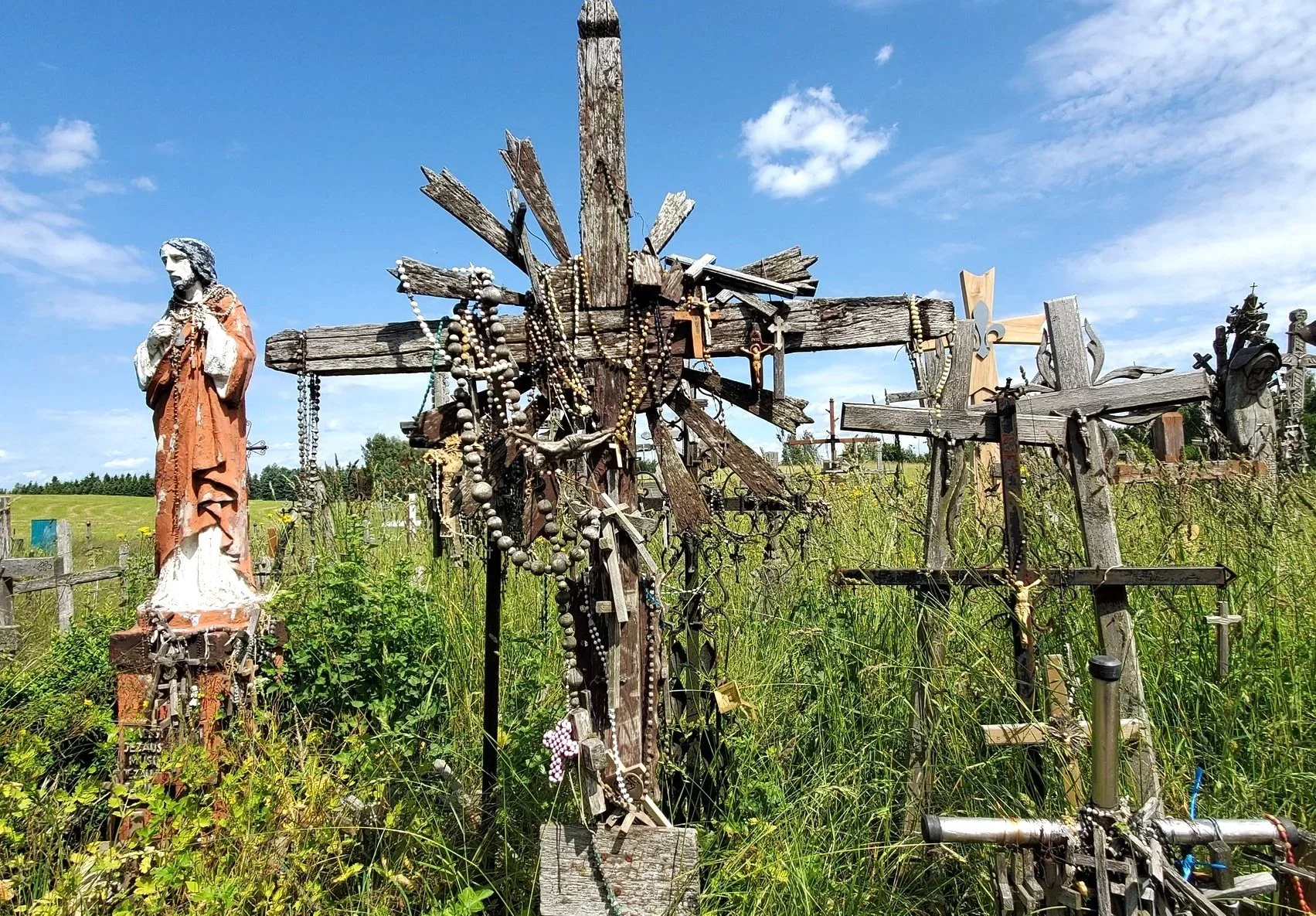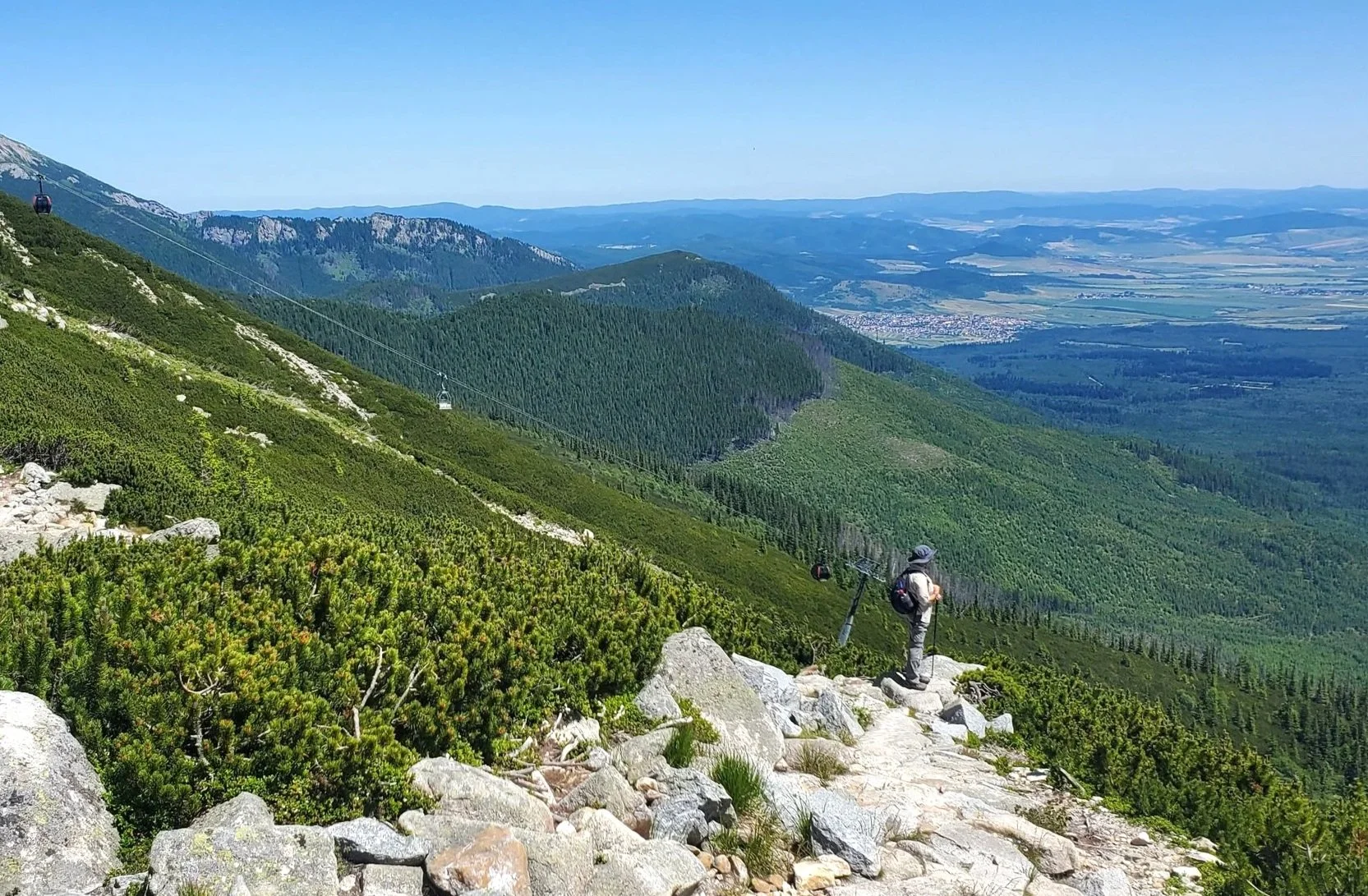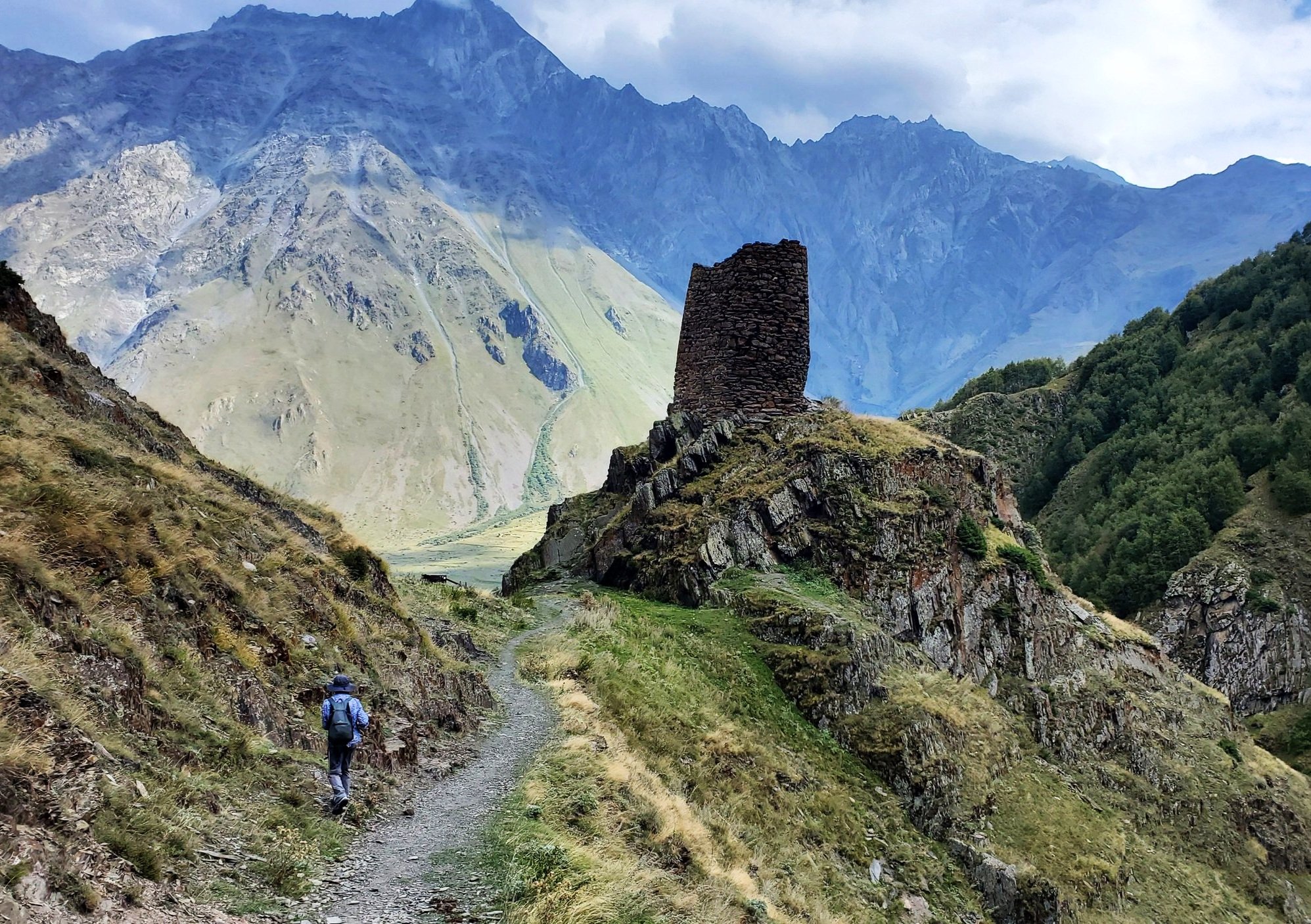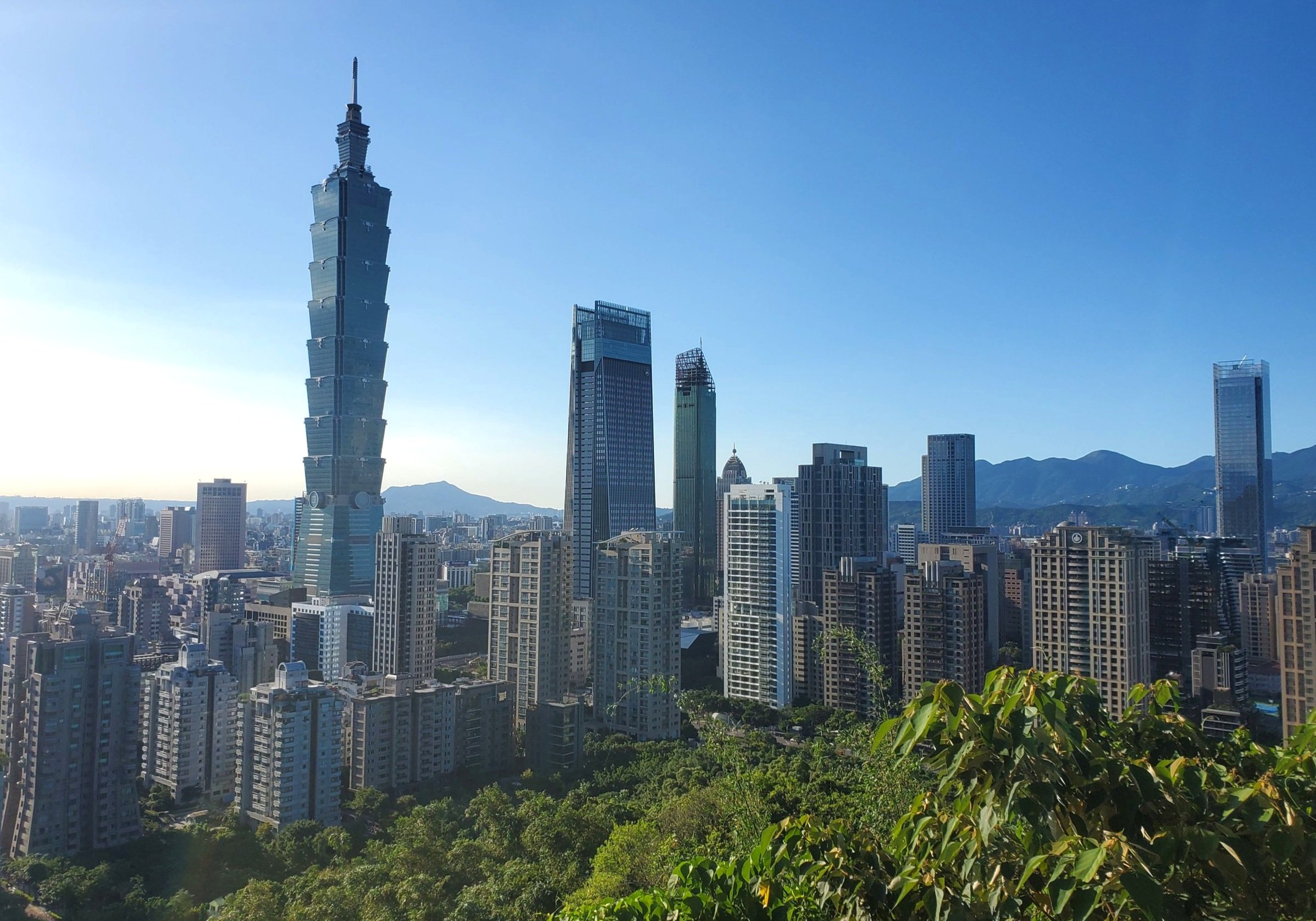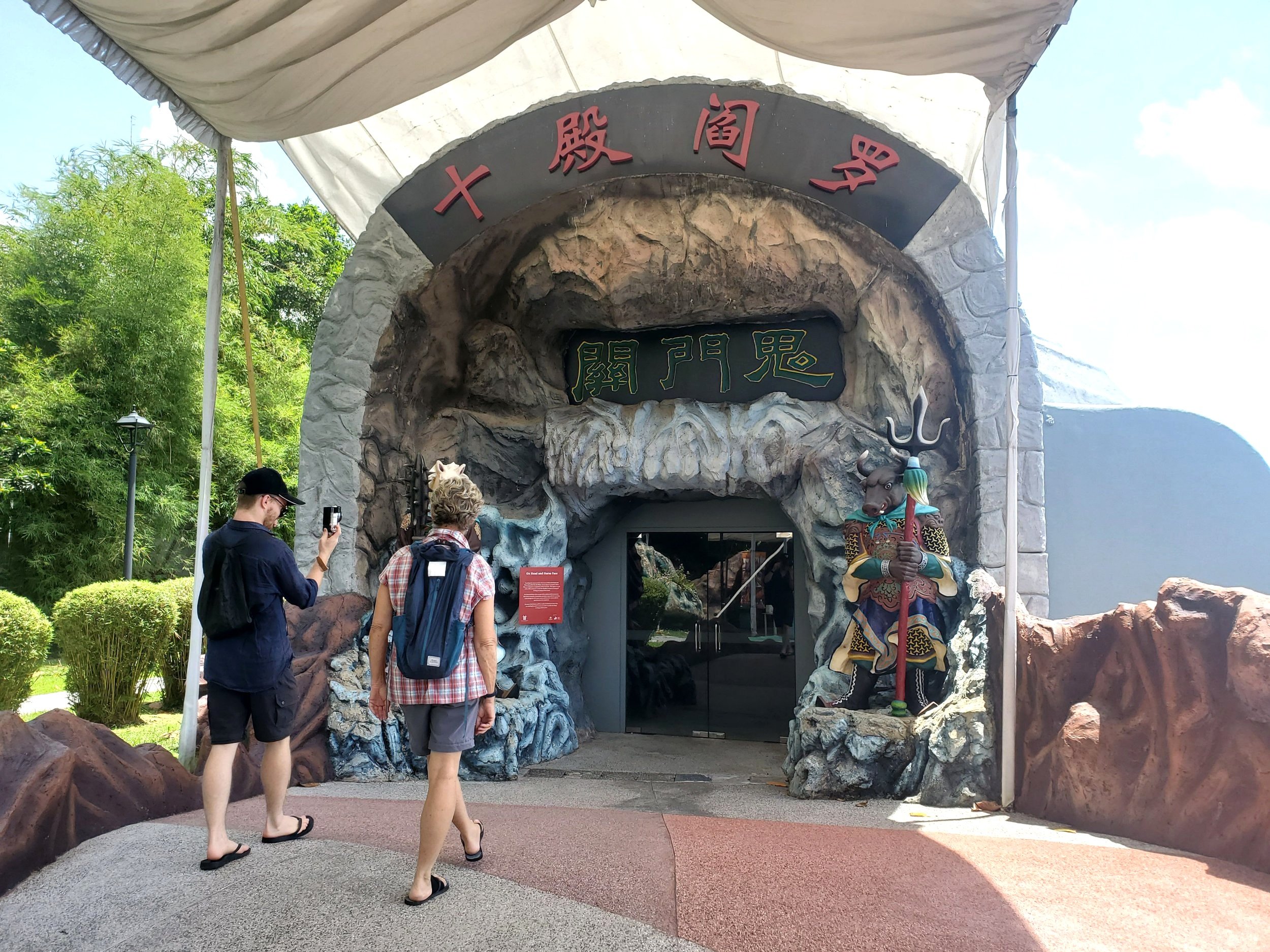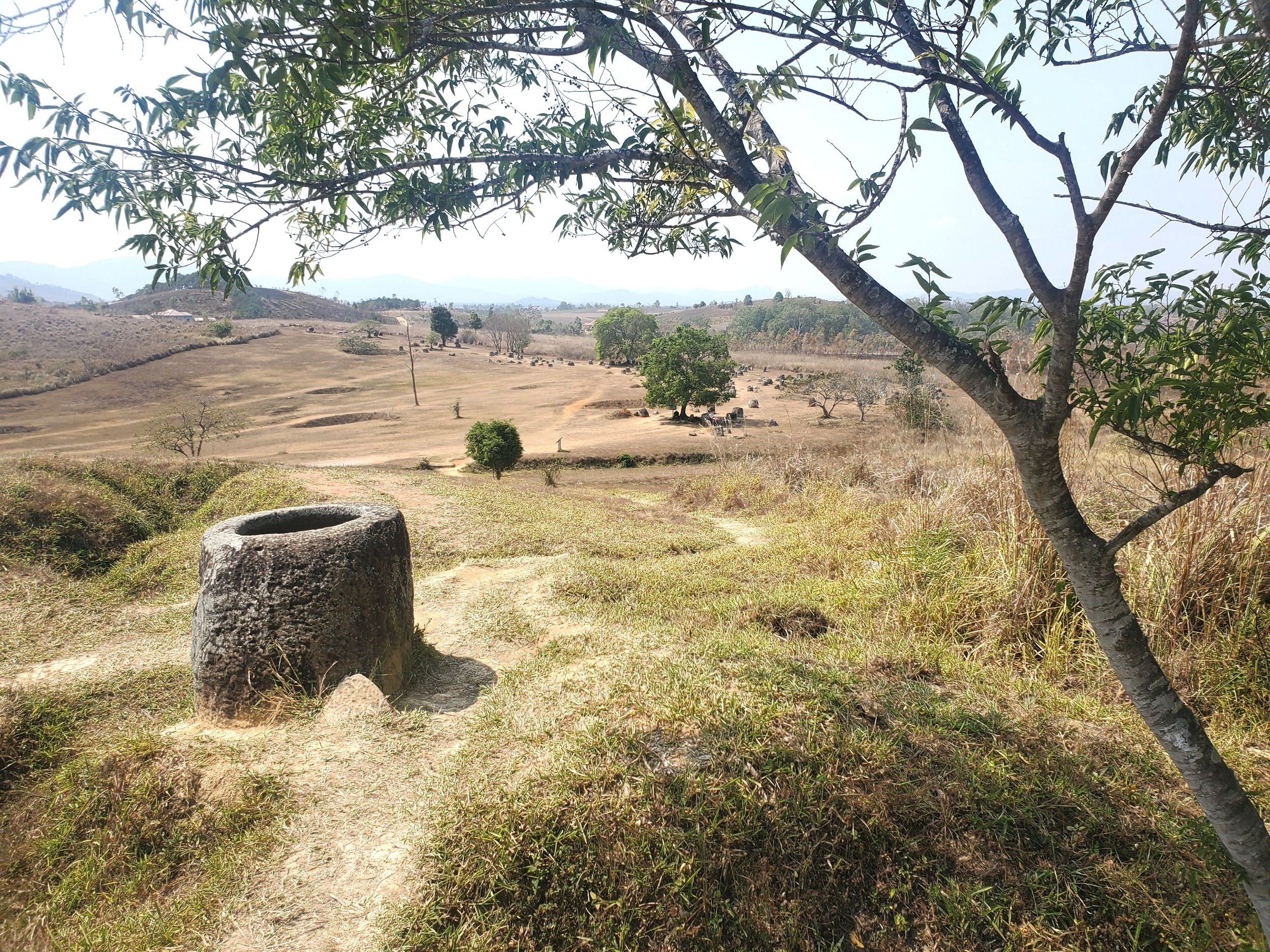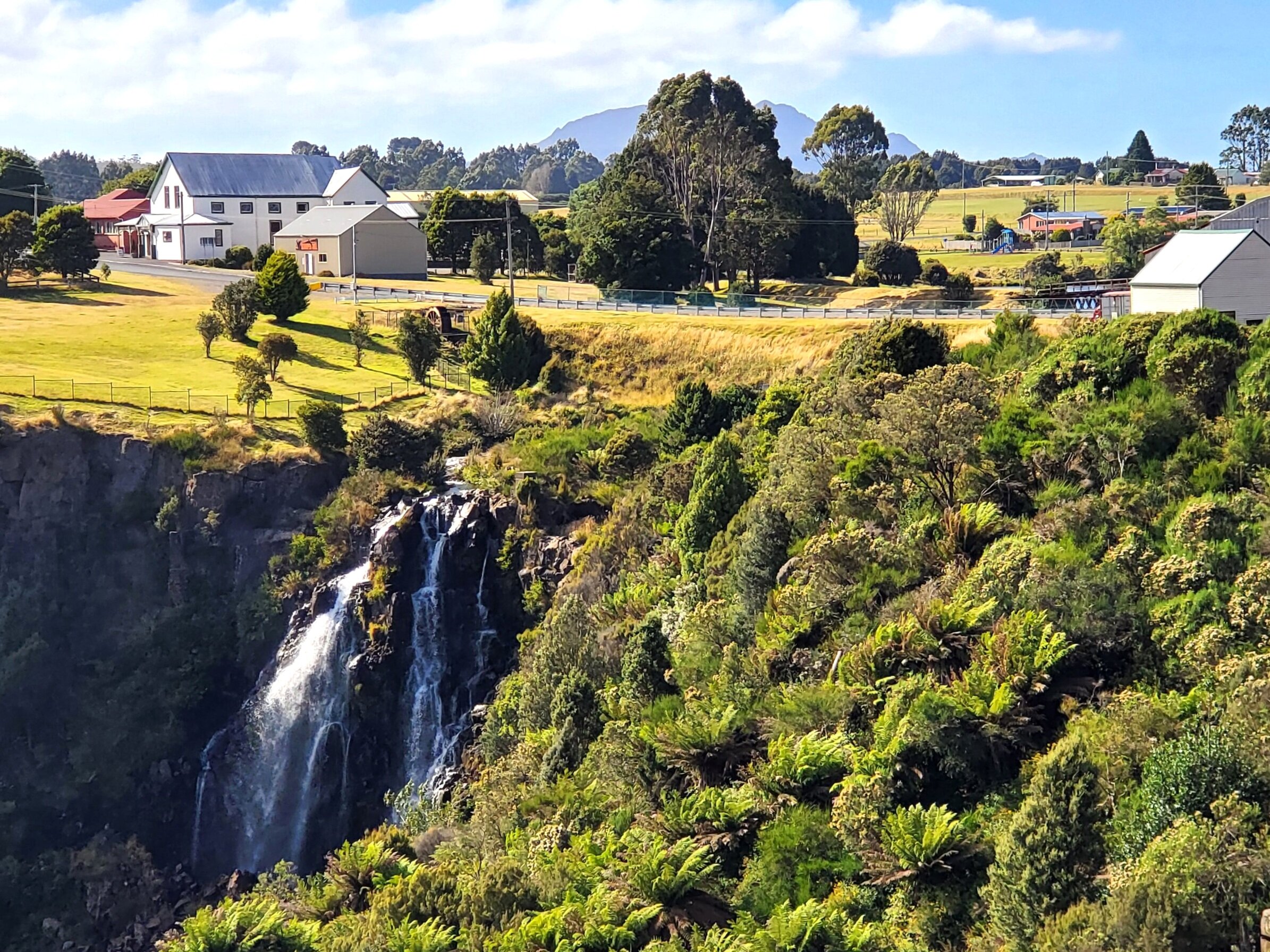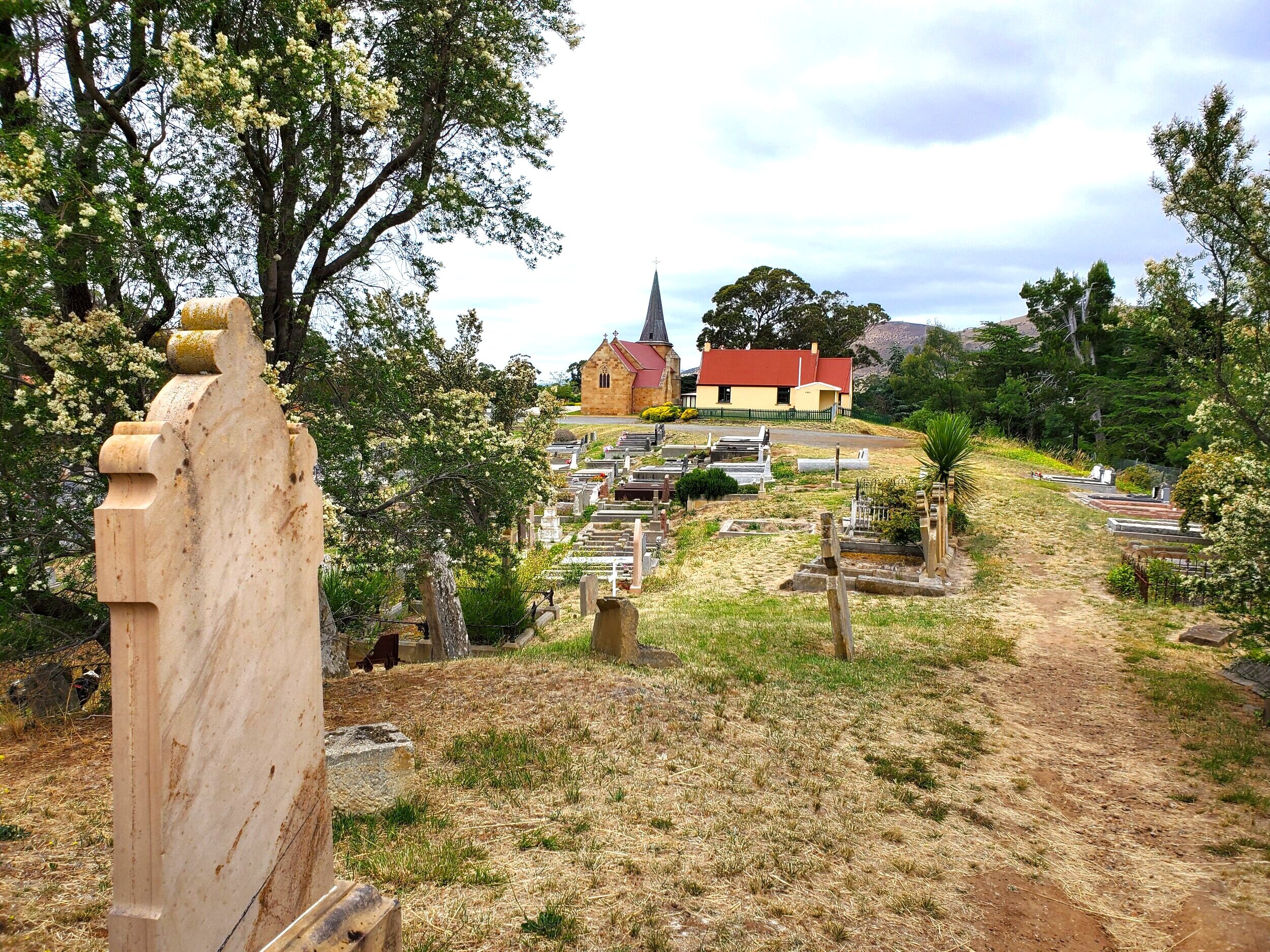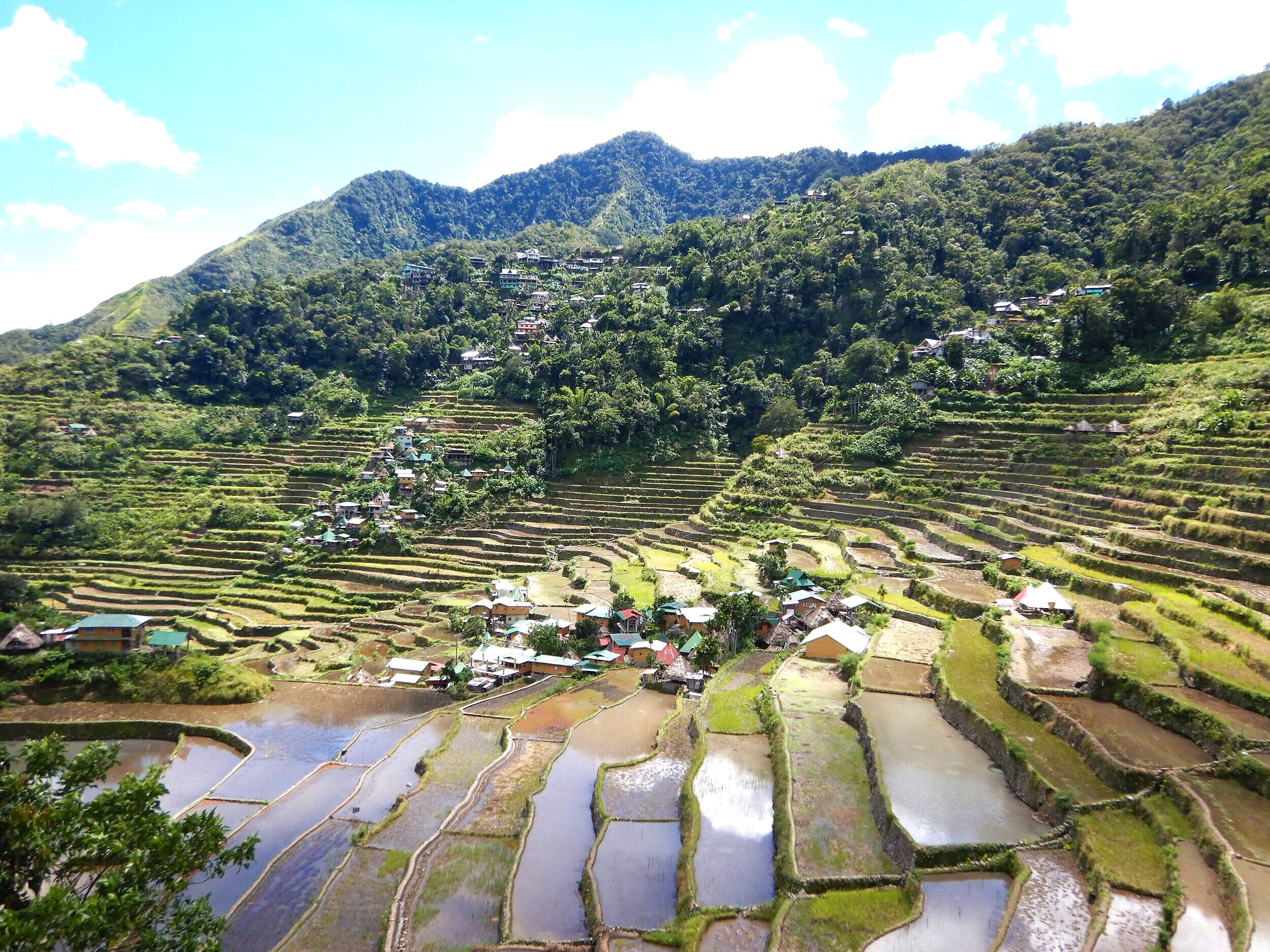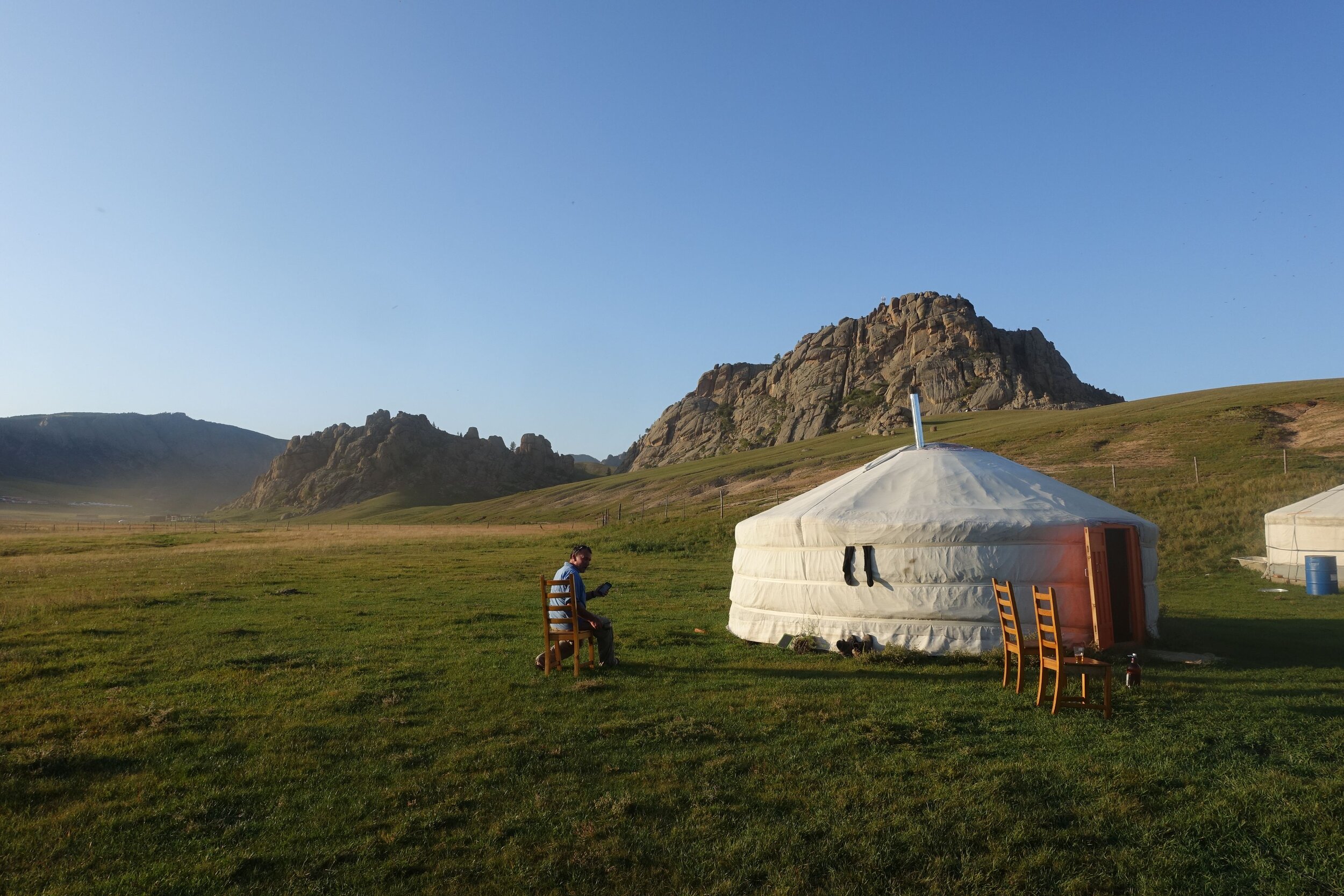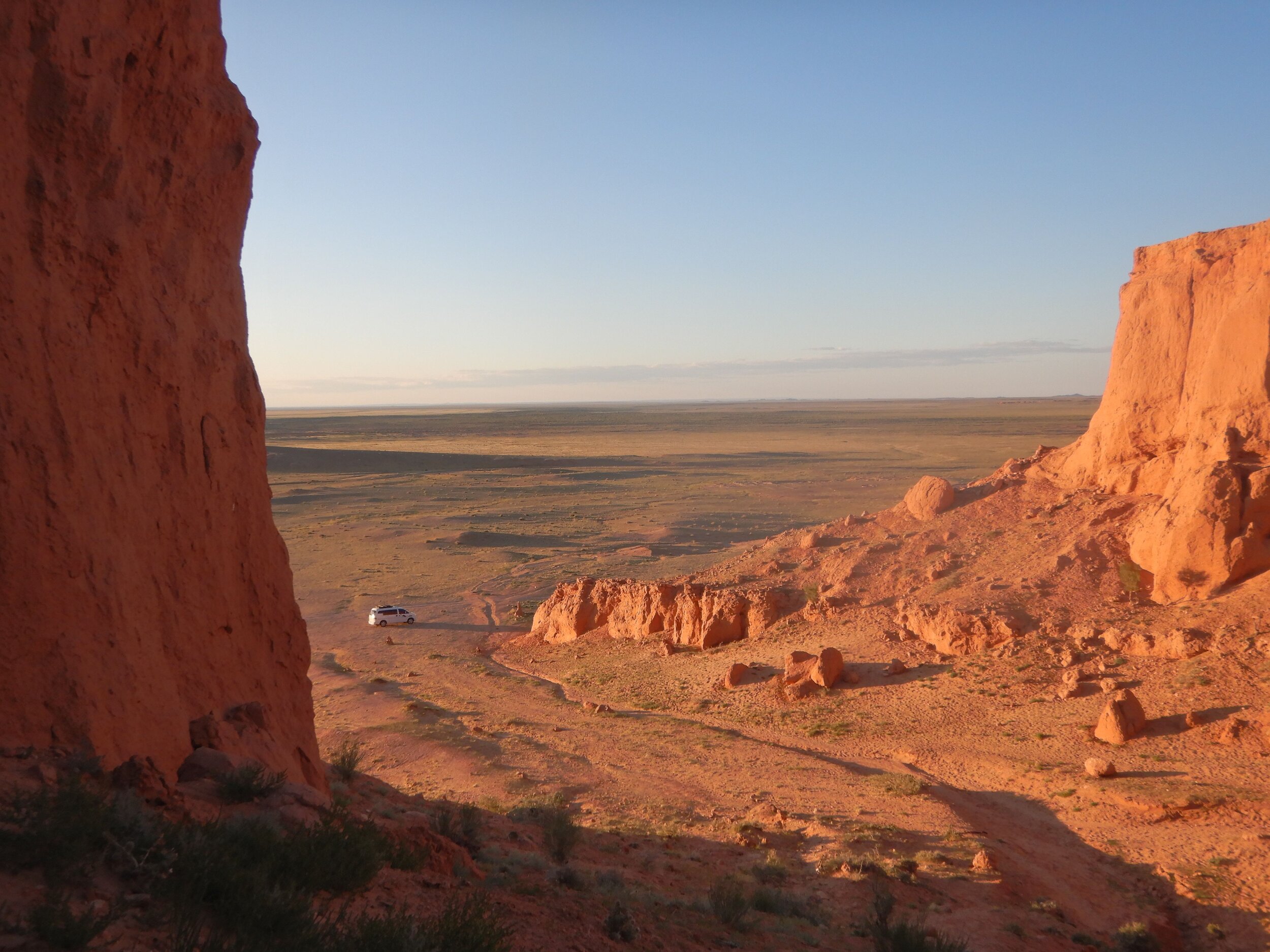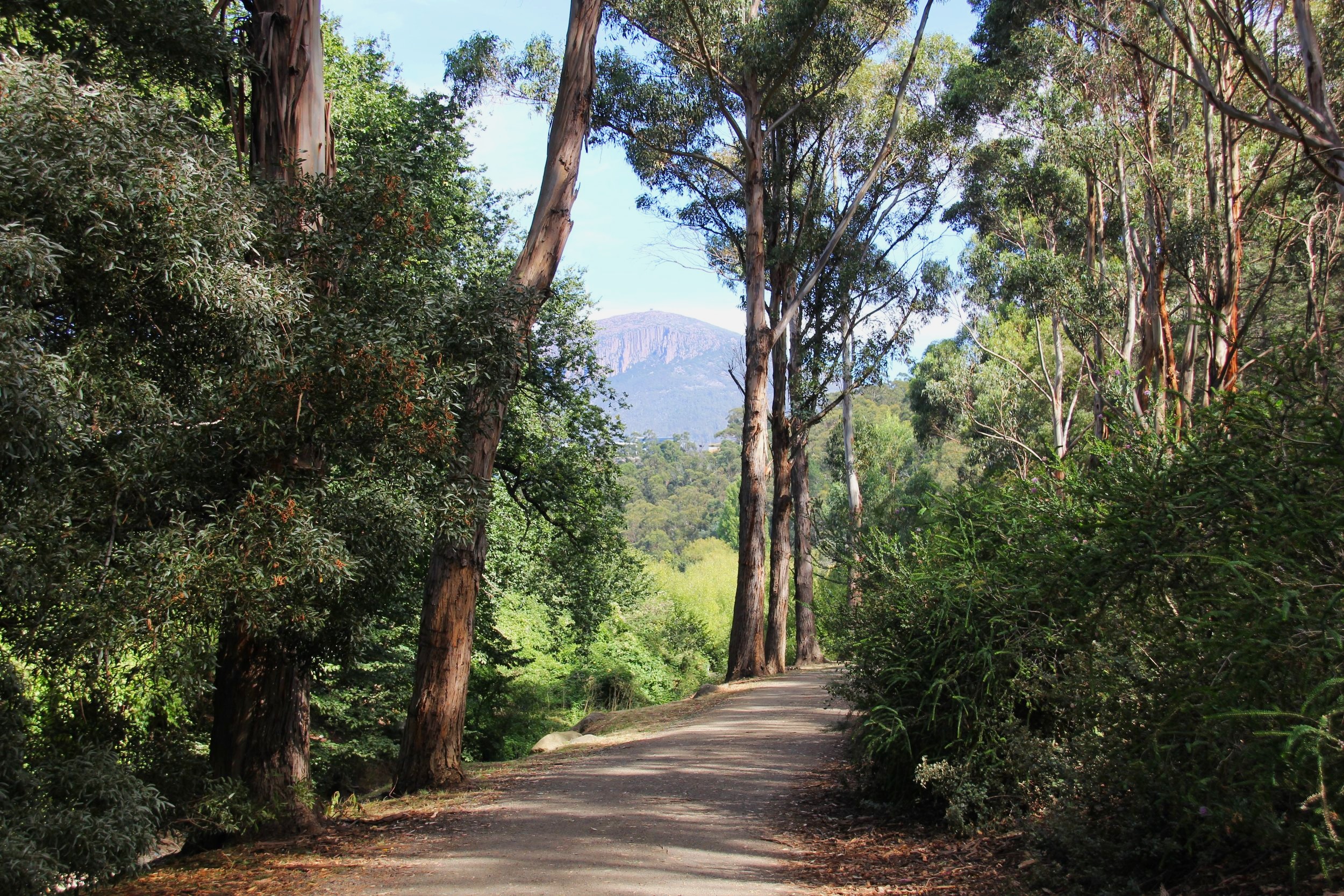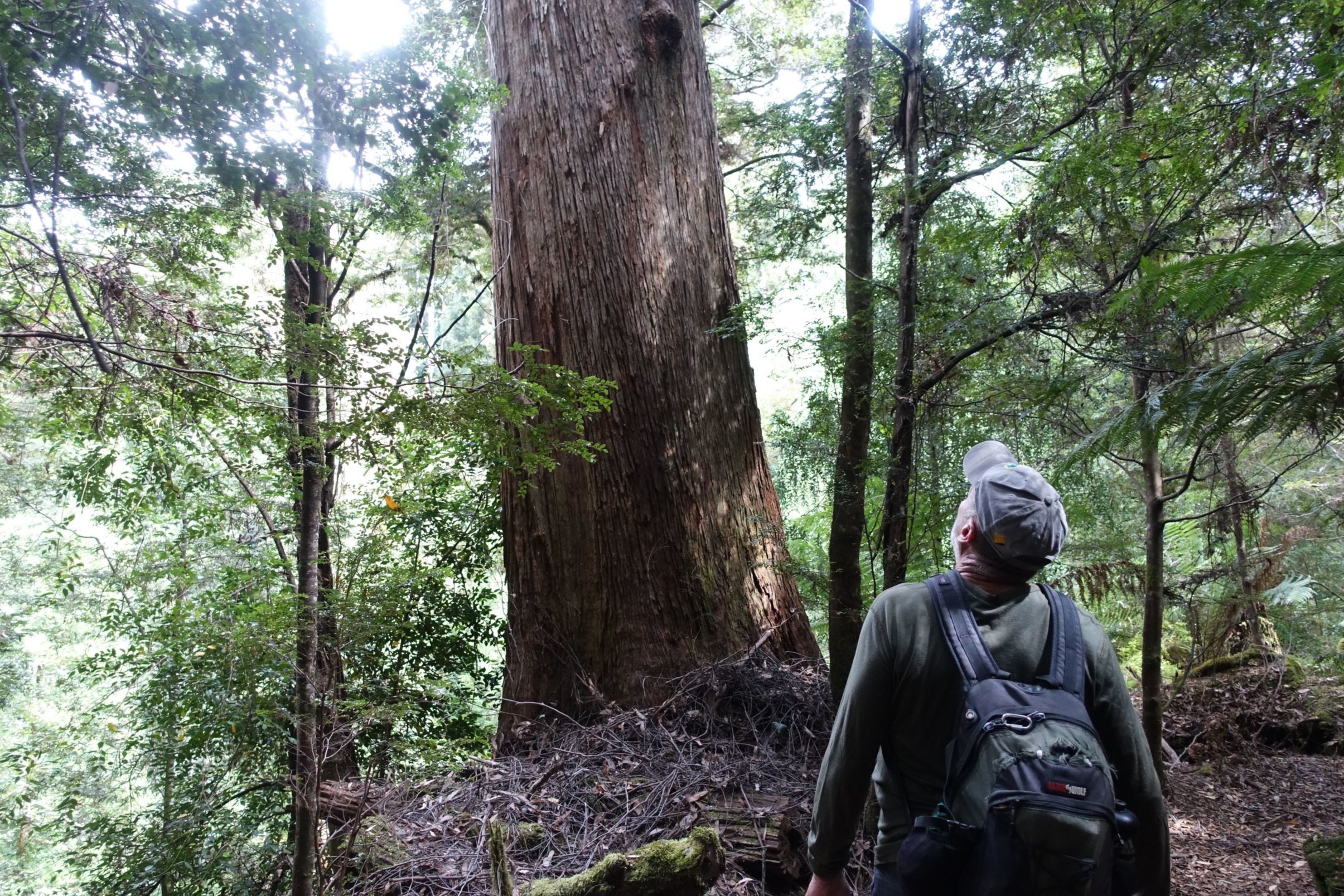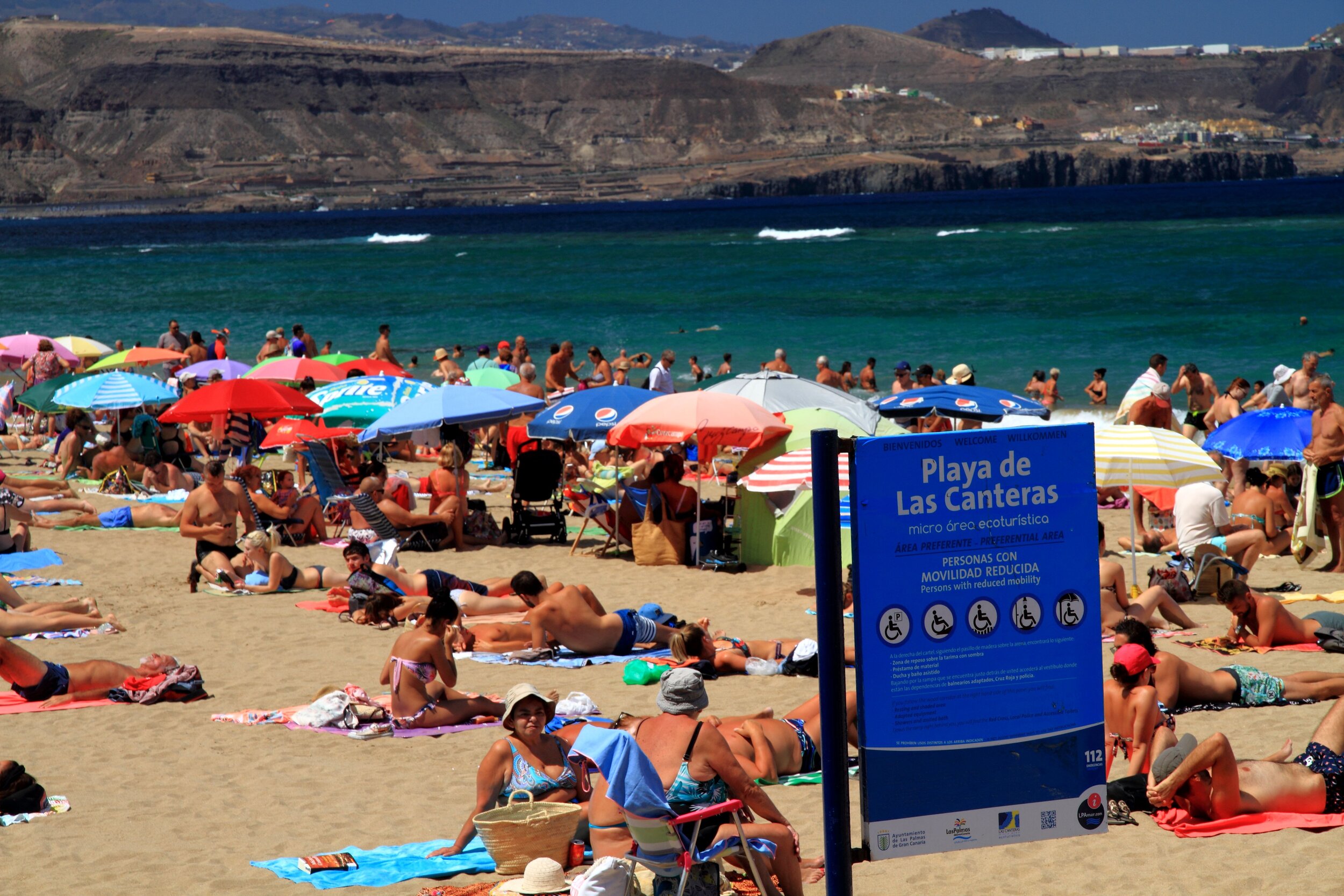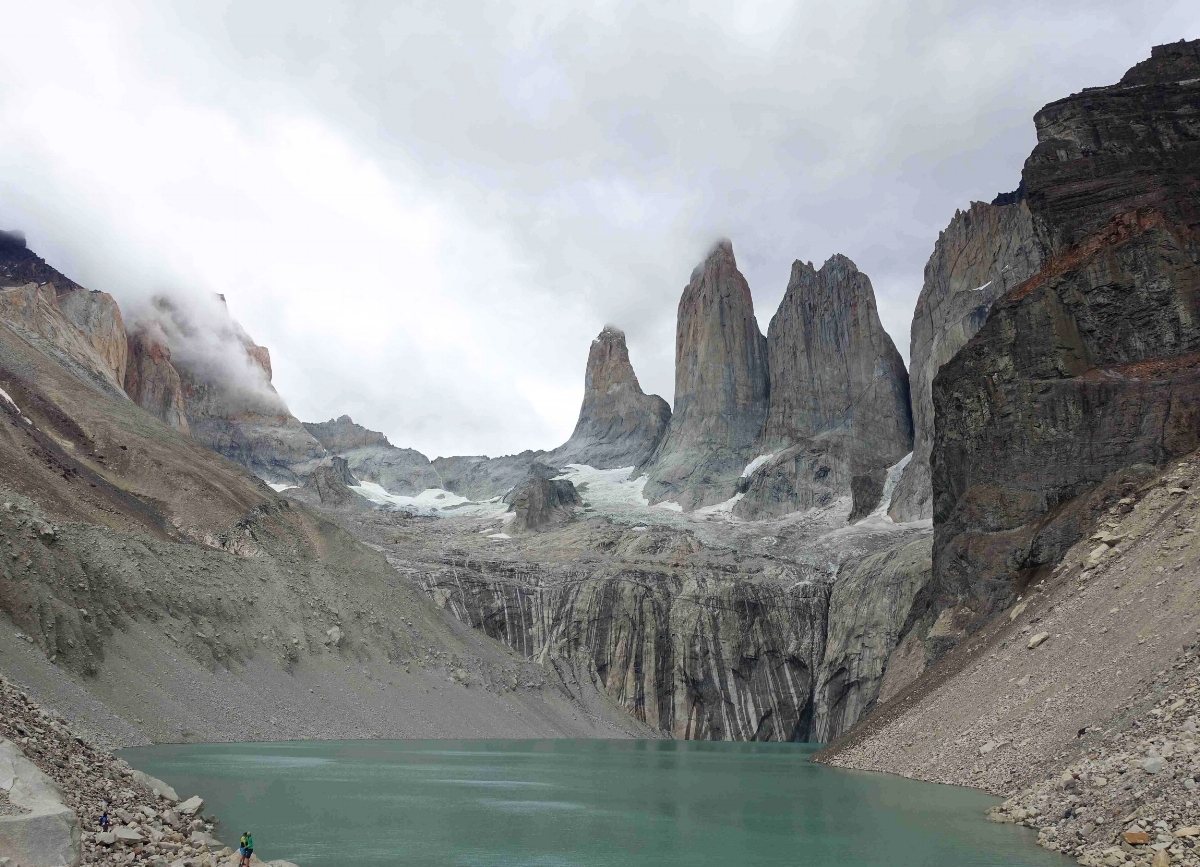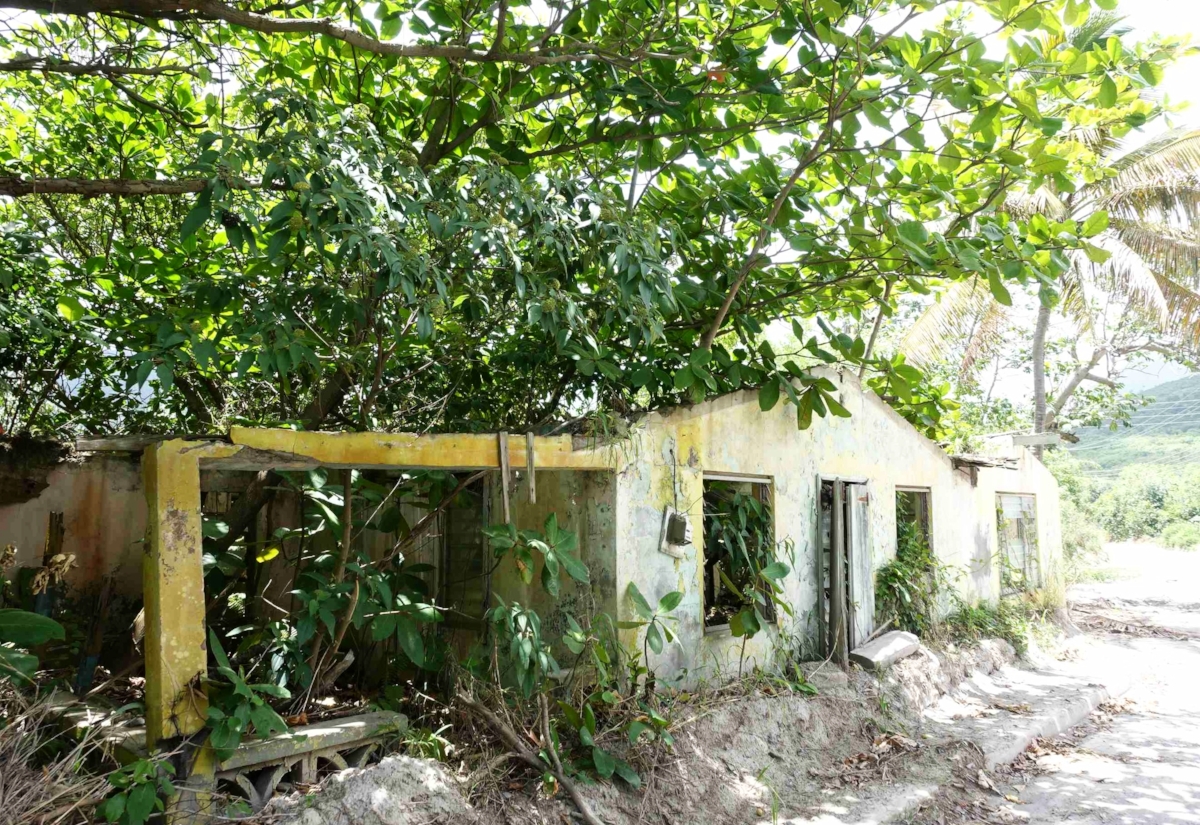From the Baltic to the Black Sea: Helsinki to Istanbul. Part 2: Baltic Road Trip - a. Estonia
/Introduction
Part One of our 7-week journey from Helsinki to Istanbul through Eastern Europe covered our days in Helsinki. Part Two describes our road trip through the Baltic States: Estonia, Latvia and Lithuania. We’ve broken Part Two into three sections, so that each country is a separate mini post.
This leg began with a two-and-a-half-hour ferry ride from Helsinki to Tallinn, Estonia’s capital.
Knowing that it was moving into the high season for tourism, combined with the fact that it was a Friday (a lot of Finns go to Tallinn for the weekend), we’d booked our tickets several weeks in advance. There are three ferry companies doing this trip. We went with Eckerö Line. They were a bit cheaper than their opposition and leaving at a time that suited us.
The trip turned out to be more entertaining than expected. The ferry was very crowded with seating at a premium. We managed to get a couple of spots in one of the bars.
Despite it only being 9.30am a band struck up playing 70s and 80s covers. This was followed by a magic show for the kids.
On the outside deck it was breakfast beer-o’clock and very busy.
Tallinn
Tallinn’s UNESCO-listed medieval Old Town (Vanalinn) is considered to be one of the best preserved in Europe. It attracts a lot of visitors, including thousands of cruise ship passengers. Our plan was to stay 3 nights, two and a half days. We deliberately arrived on a day when we knew there were no cruise ships in, hoping that would make for a slightly less crowded experience.
Here are a few of our Vanalinn highlights.
Town Hall Square
The heart of the Old Town is the Town Hall Square.
Markets here date back to the 11th century, though most of the attractive pastel-coloured buildings date from the 15th to 17th centuries.
There are plenty of dining and drinking establishments around the square.
Toompea
Most of Vanalinn is in the ‘lower town’. Looming over it is the ‘upper town’ or Toompea, originally an ancient hilltop citadel. Its most striking features are two churches and a castle.
St Mary’s Lutheran Cathedral
This was originally a Catholic church built by the Danes in 1233.
Most of what you see today dates from the 15th century and the tower is from 1779.
It is Tallinn’s Lutheran Cathedral.
Alexander Nevsky Orthodox Cathedral
This impressive onion-domed Orthodox cathedral was completed in 1900.
It is easily identifiable from many parts of the city.
Toompea Castle and Tall Hermann
This 14th century castle is the present seat of the Parliament of Estonia.
toompea castle
Tall Hermann is a castle tower first constructed from 1360 to 1370 and stands at over 45 metres.
Town Walls
Tallinn’s town walls are some of the best preserved in Europe.
The walk through the parklands on the western side provide some good photo opportunities.
And it makes for a pleasant stroll.
There are two viewing platforms on the western side of the town which afford excellent views of Toompea and beyond.
The gateway that leads along Viru Street provides an entrance to the Old Town on the eastern side.
viru street entrance
There are also good sections of the walls near here.
At the northern end of the walls is the Fat Margaret Tower, now home to the Estonian Maritime Museum.
Kiek in de Kok
A section of the walls which includes four well-restored towers and an extensive museum housed in tunnels is the Kiek in de Kok.
Kiek in de Kok is Low German and means ‘peak into the kitchen’, because tower inhabitants could do this to their lower-level neighbours.
The towers date back to the 14th century.
The largest is a medieval artillery tower and it is a symbol of Tallinn’s battle-scarred history and resilience.
The museum describes how Tallinn has defended itself through many wars over the ages.
We found this a particularly worthwhile visit and it was not over-crowded.
A Few Other Old Town Sights
Katariina Kaik (St Catherine’s Passage and Church)
A narrow street leading to a small church.
The Great Guild Hall – Estonian History Museum
The 14th century Guild Hall houses the fascinating Estonian History Museum.
The exhibits are very creatively displayed with lots of options for interaction.
An excellent museum in an interesting historic building.
Freedom Square
On the southeast edge of the Old Town is Freedom Square (Vabaduse Valjak). This includes an attractive yellow church – Jaani Kirk.
Also beside the square is the War of Independence Victory Column, which relates to the 1918-20 Estonian War of Independence.
Apart from visiting specific attractions Tallinn is a good place to just wander about and enjoy the narrow cobblestone laneways.
Stumble across people doing an outdoor art class.
Enjoy an alfresco drink or meal.
It’s a great place to just ‘be’.
Balti Jaama Turg (Market)
A short walk to the west of Vanalinn is a lively market.
It’s a good place to pick up some local produce.
Those places listed above are just some of the attractions to visit in Tallinn’s wonderful Old Town. There’s plenty more.
Estonian Open-Air Museum
After a day and a half of exploring Tallinn’s Old Town we decided to visit the Estonian Open-Air Museum. Historic buildings from all over the country have been relocated to this vast site a half hour bus ride from town.
It was a sunny summer Sunday when we went, with staff in period costumes occupying many of the buildings.
Some just wandered the grounds.
We timed our visit to ensure that we got to see the 11am traditional dance display.
It was great.
Even a bit of audience participation.
After the dancing we were free to walk the site.
Here are a selection of shots from our meanderings.
We really enjoyed the Open-Air Museum. If you can, go on a weekend when the dancing happens.
The Road Trip Begins
After our nights in Tallinn, it was time to commence our Baltic Road trip. The plan was to travel south through Latvia to Lithuania, finishing in Vilnius in 8 days’ time.
We’d arranged a hire car through a local car hire company – Balticcar. We like to use local businesses as much as possible when we travel. We were very happy with the service we received from Balticcar. Here’s a link to their website if you are interested.
Lahemaa National Park
We headed off to Lahemaa National Park, the country’s largest national park, an hour or so drive from Tallinn. We stopped along the way to see Jagala Waterfall.
At 8 metres tall and 50 metres wide, it is Estonia’s widest waterfall.
Our aim in visiting Lahemaa was to do a walk through some of Estonia’s extensive peat bog landscape. Close to one quarter of Estonia’s mainland are peatlands. The most pristine are in national parks such as Lahemaa.
We went to an area of the park known as Viru Raba. Here there is a 5.7 km well-signposted circuit.
It starts on a solid path through pine forest.
The forest thins out after a short while and duckboard is used to help protect the sensitive peat soils and vegetation.
Small bog lakes are everywhere.
An observation tower provides good views of the trail ahead.
The track continues on more duckboard.
Eventually we rose up onto a stable sand dune. A raised track then returned us to the car park.
We were lucky. The weather was excellent and the boglands photogenic.
Pärnu
Back at our hire car, which we had named Bryan, due to ‘his’ number plate, we drove southwest to the coastal town of Pärnu.
Pärnu is a town of around 50,000 inhabitants and is considered Estonia’s summer capital.
It has some nice paved pedestrian streets. And many outdoor restaurants.
Unfortunately, summer was not in evidence when we visited.
We’d hoped to have some beach time and even a dip in the Baltic Sea. Not to be. It was around 12 C, drizzling and with a brisk sea breeze.
Not conducive to beach activities.
So, we checked out the beach, then leapt into Bryan and headed for Latvia, a short distance to our south.
Next post: Latvia
Ken and Cally
If you want to see where the whole road trip took us here is a map.
